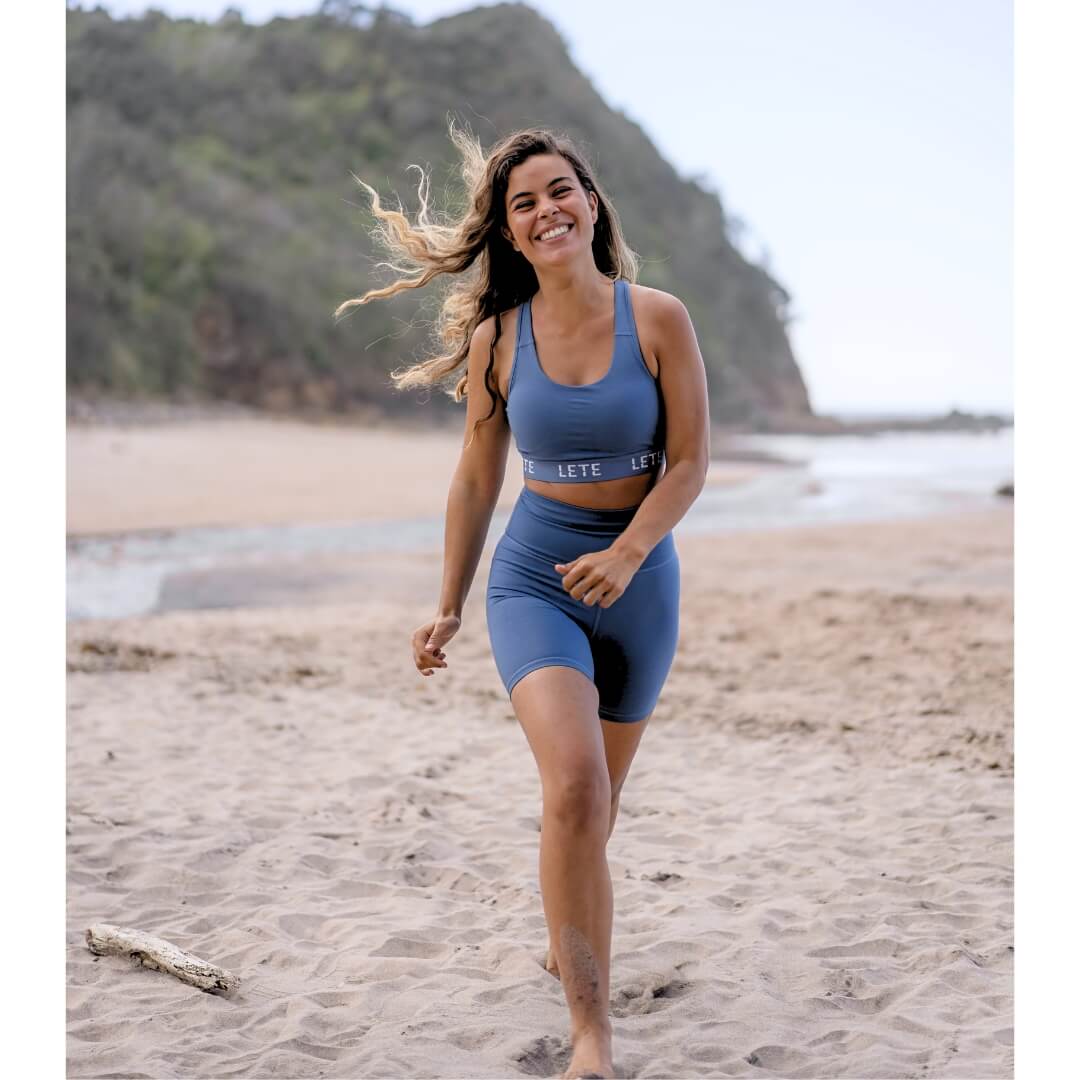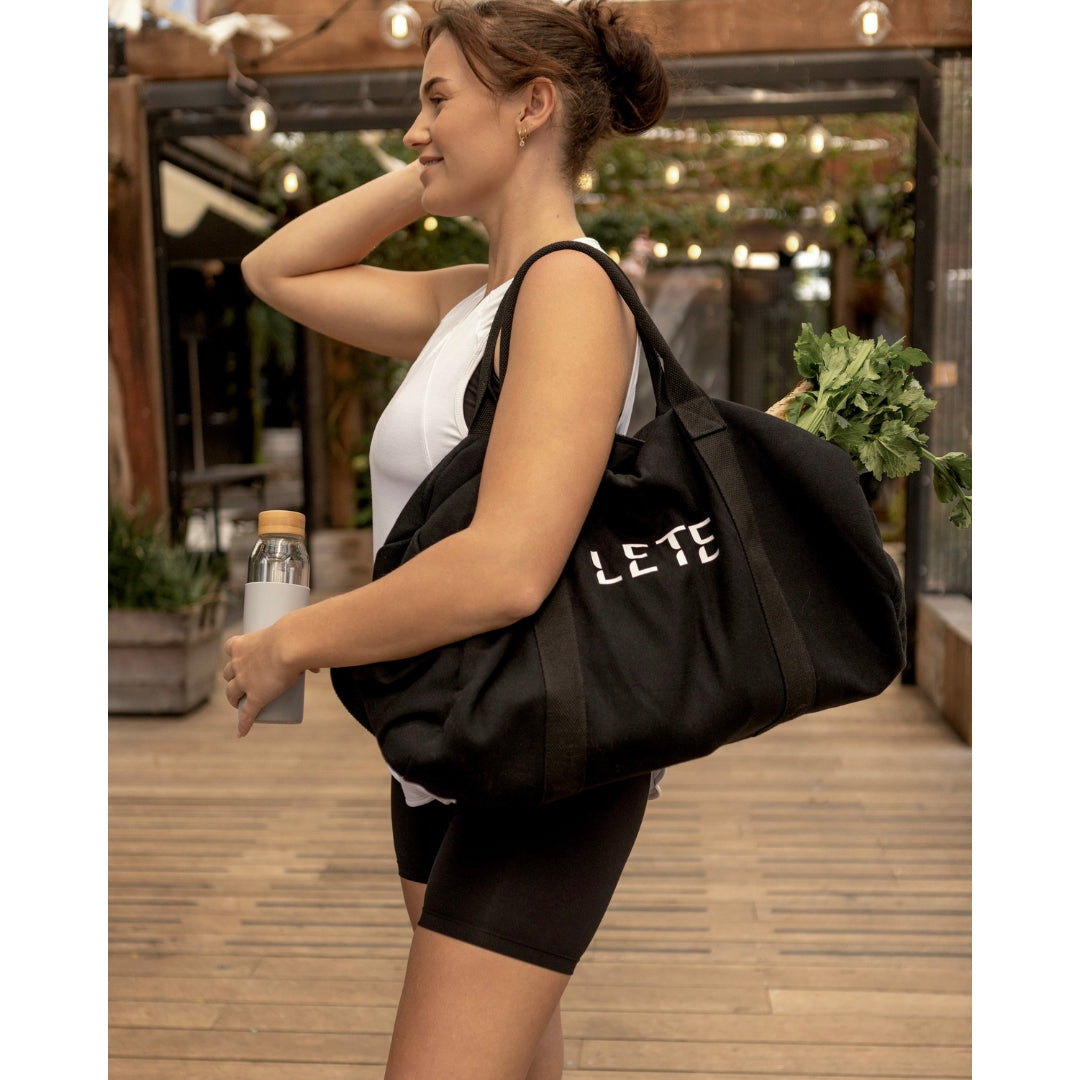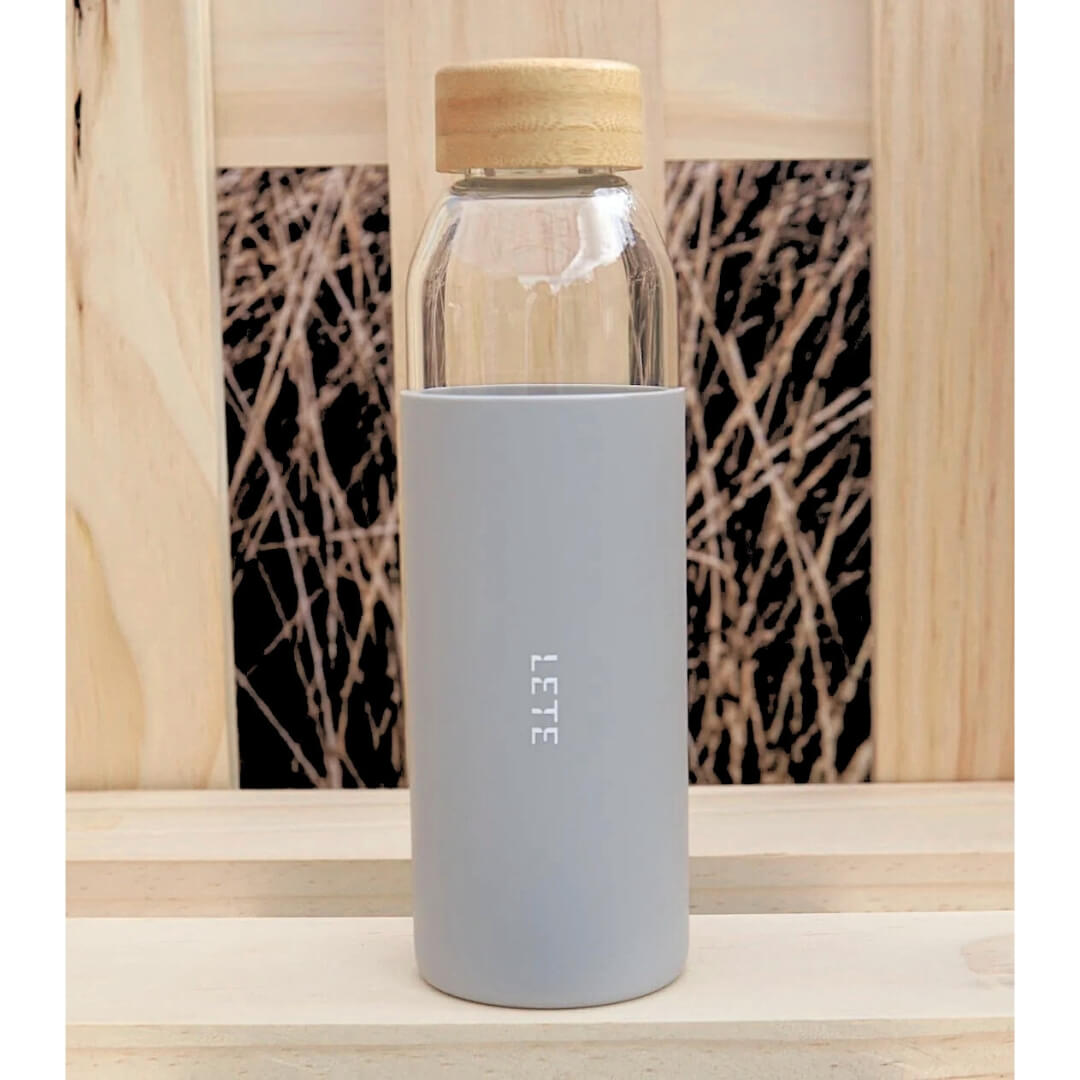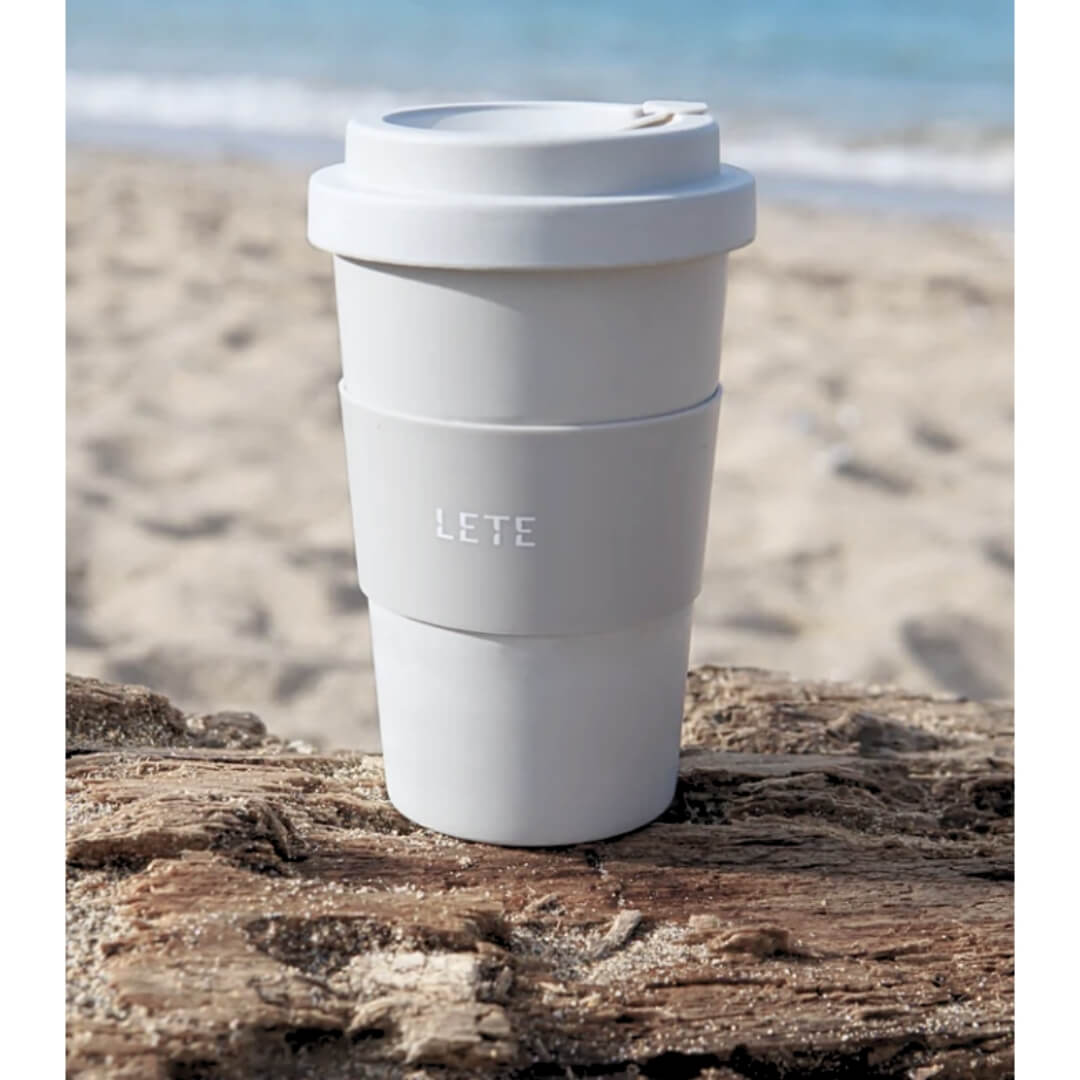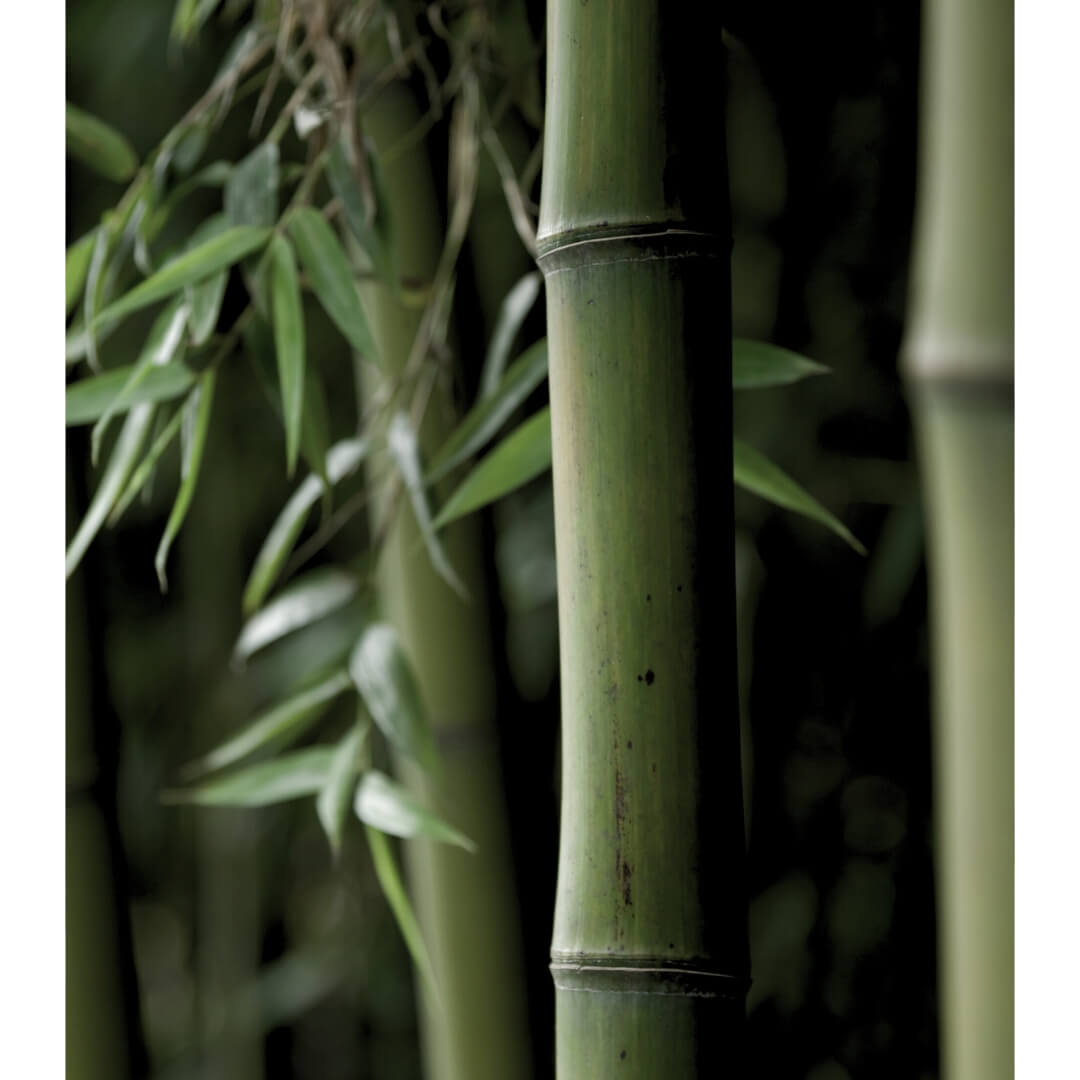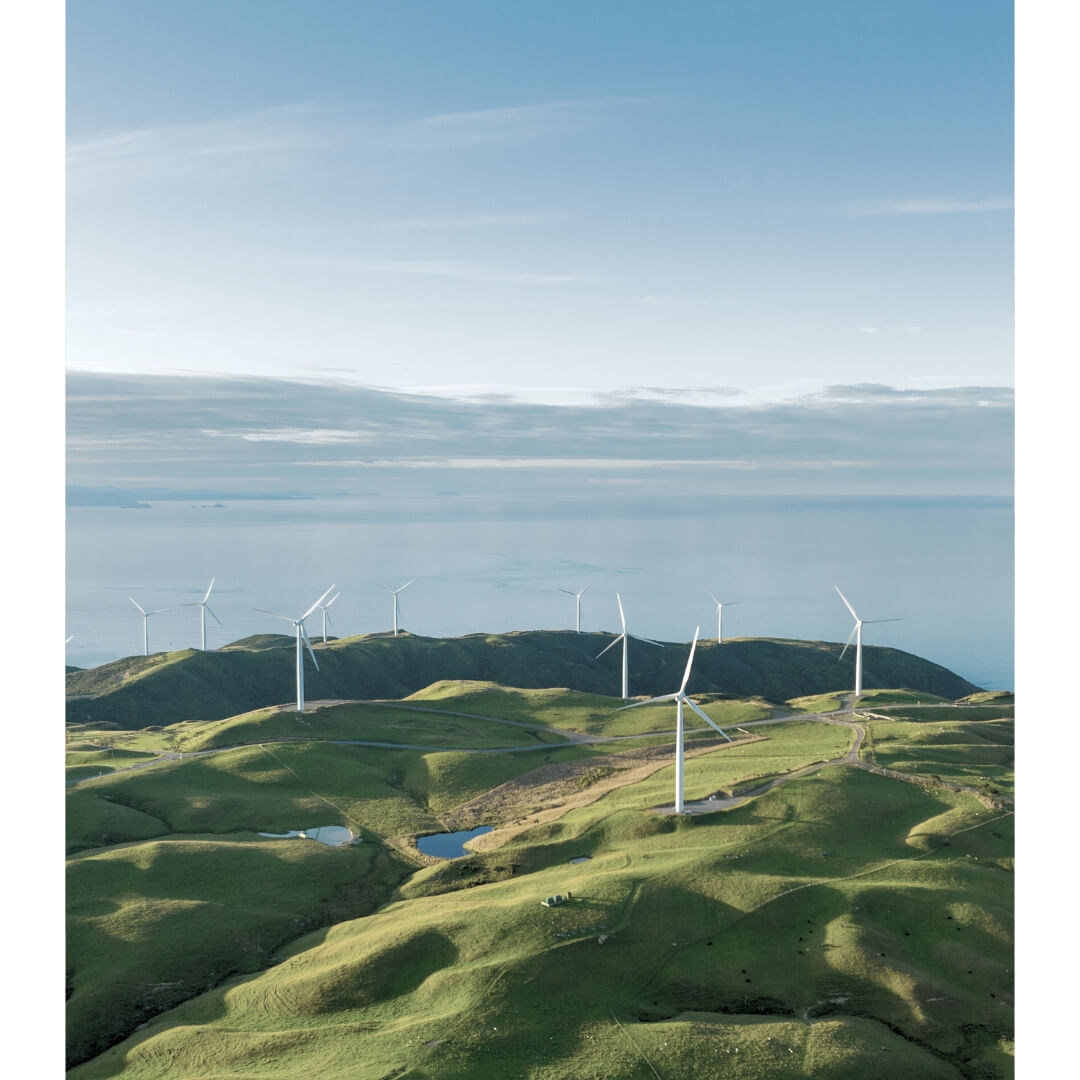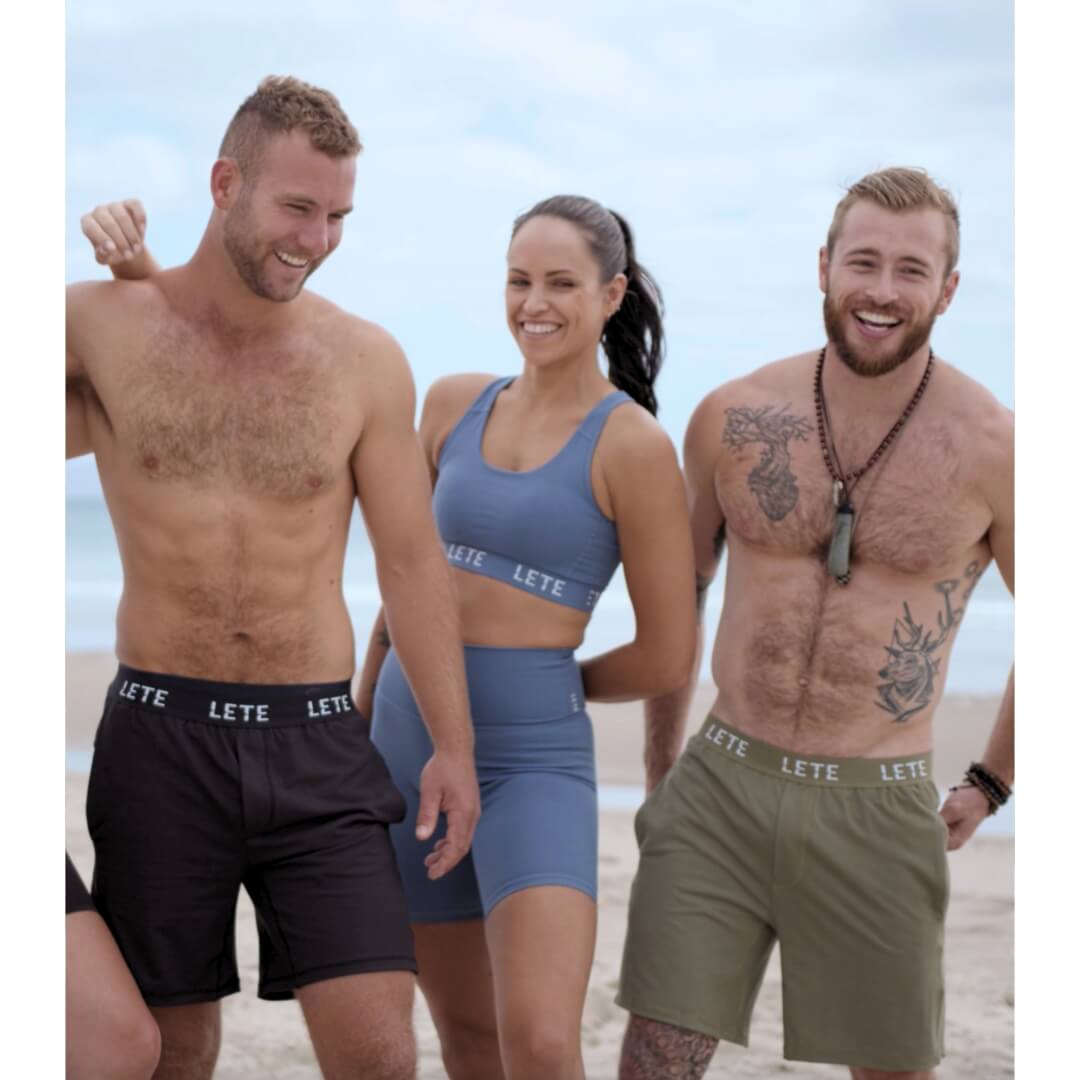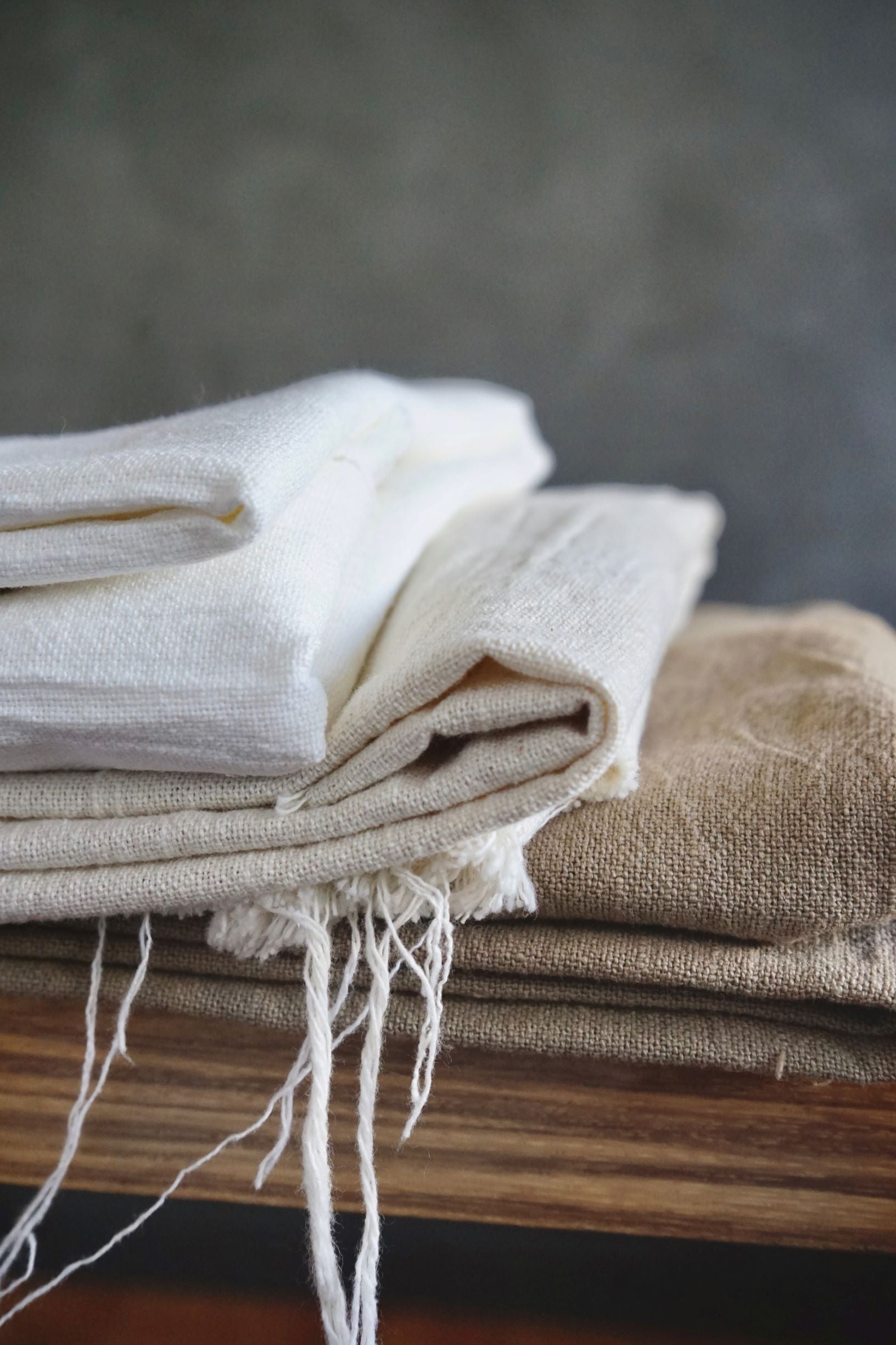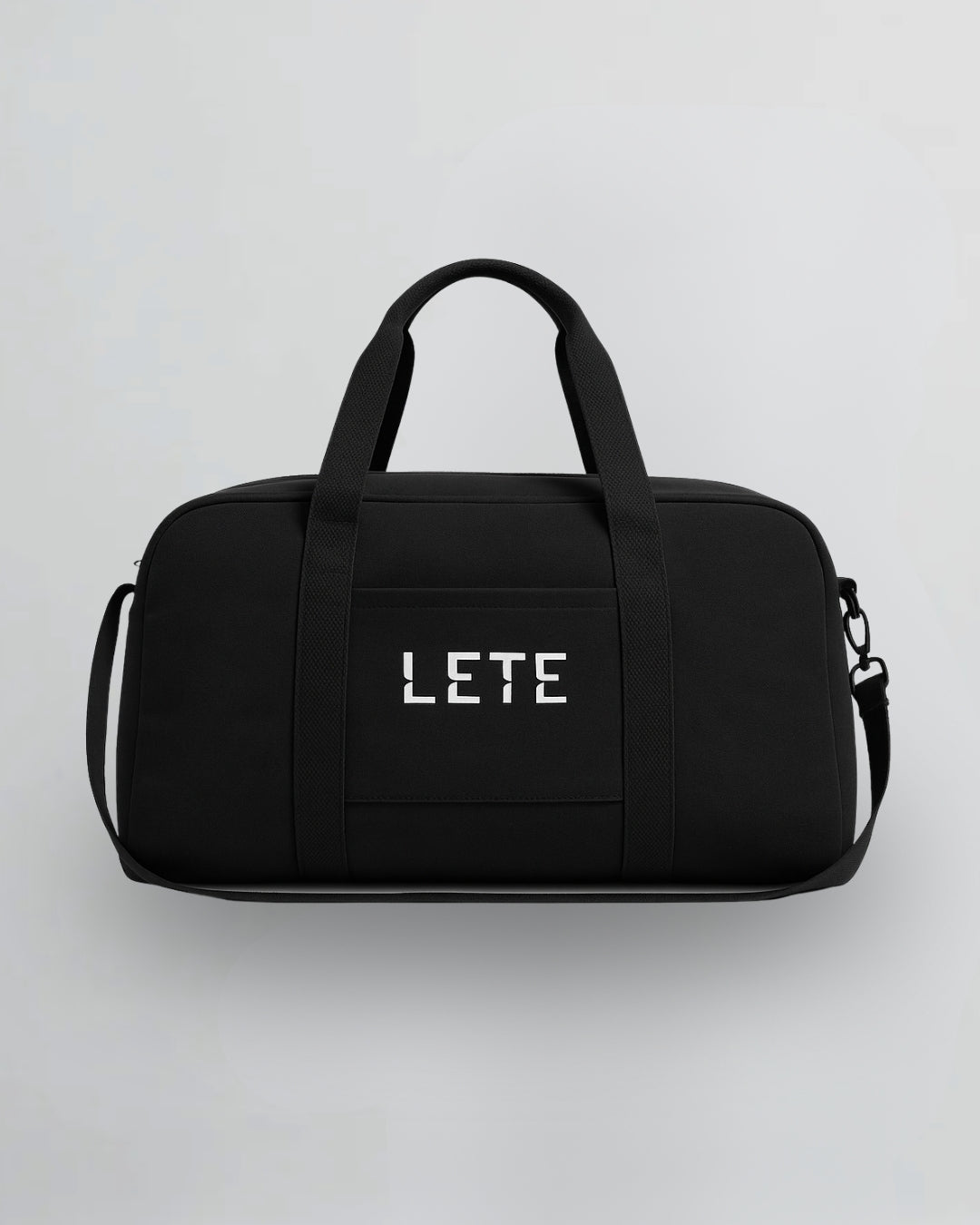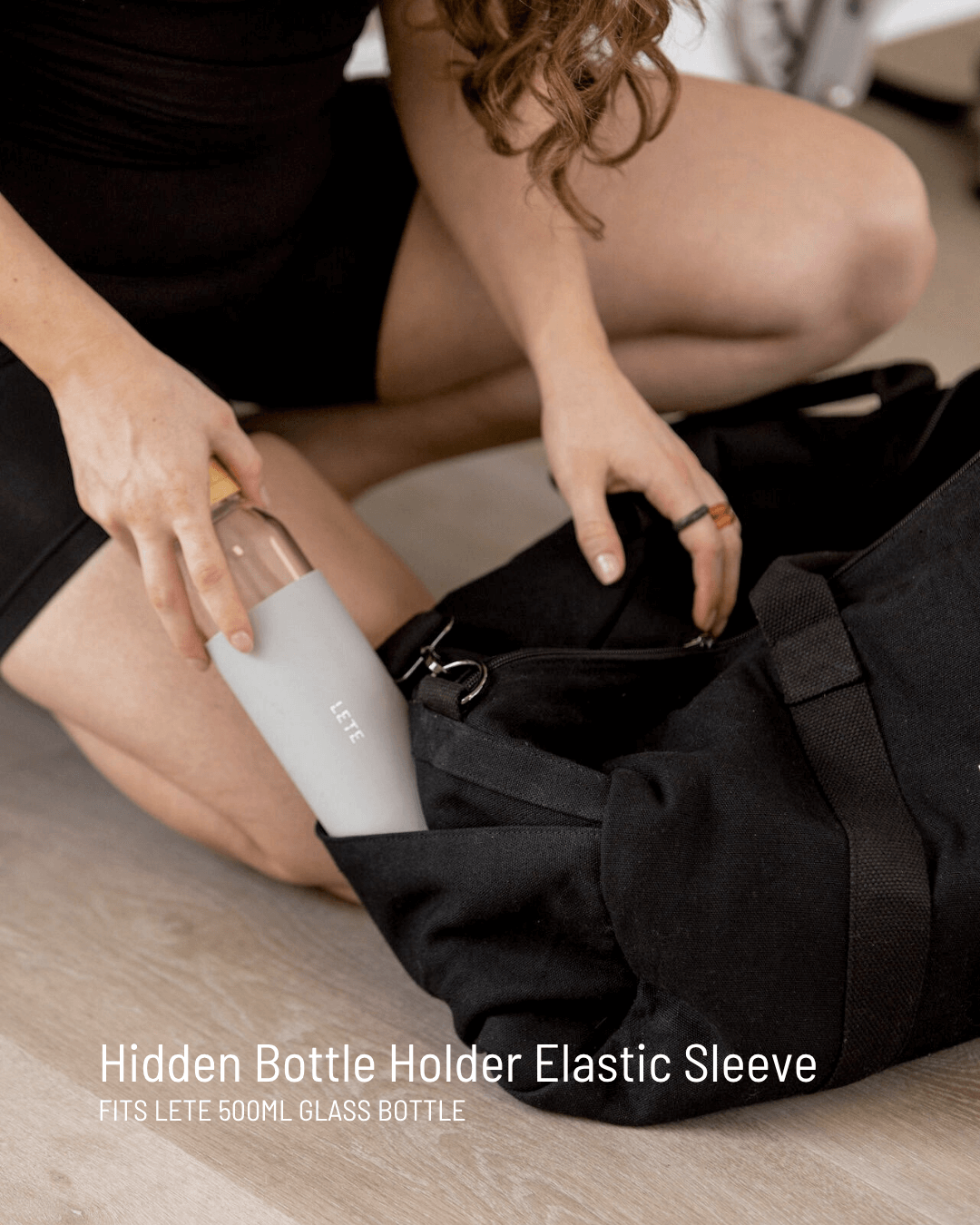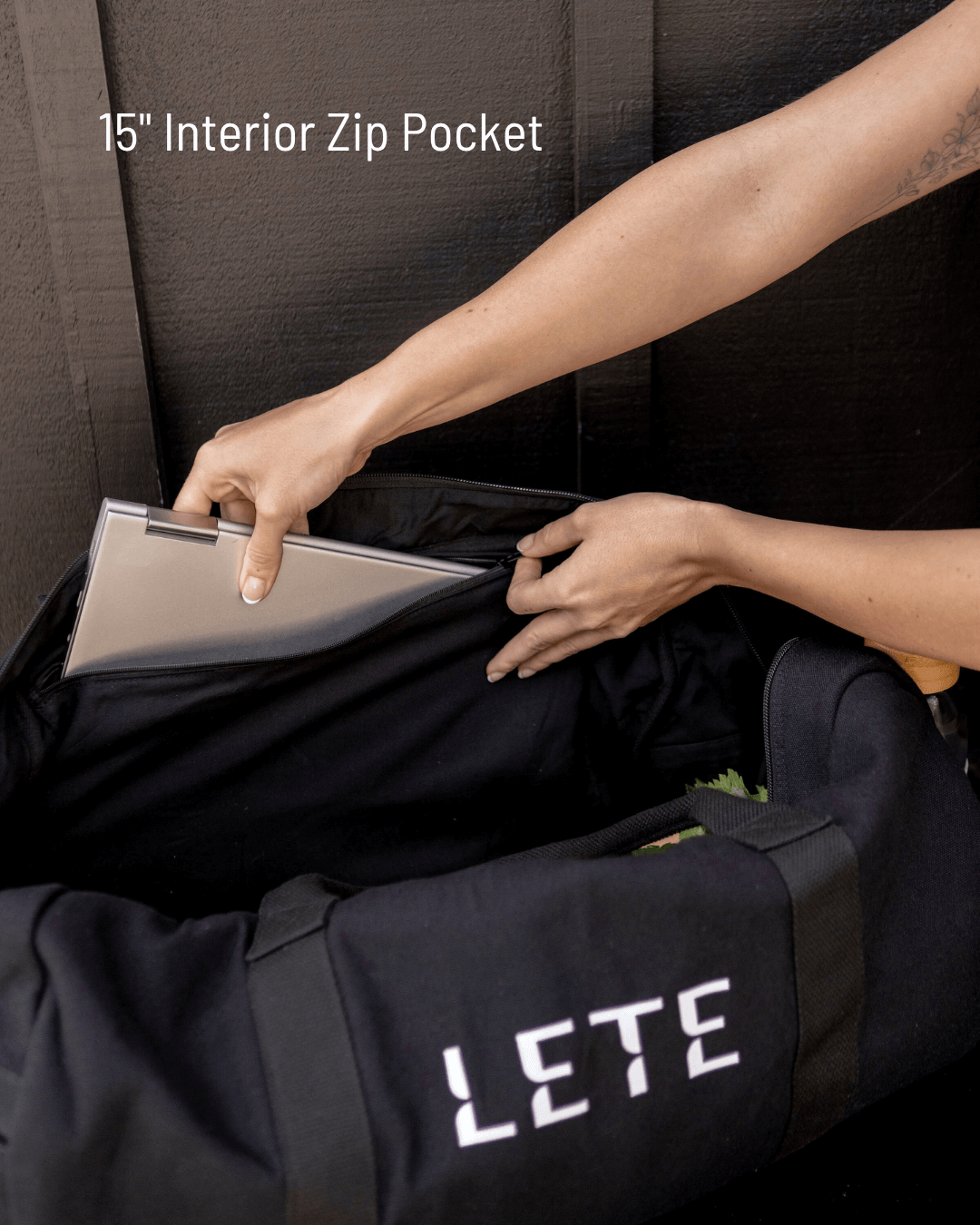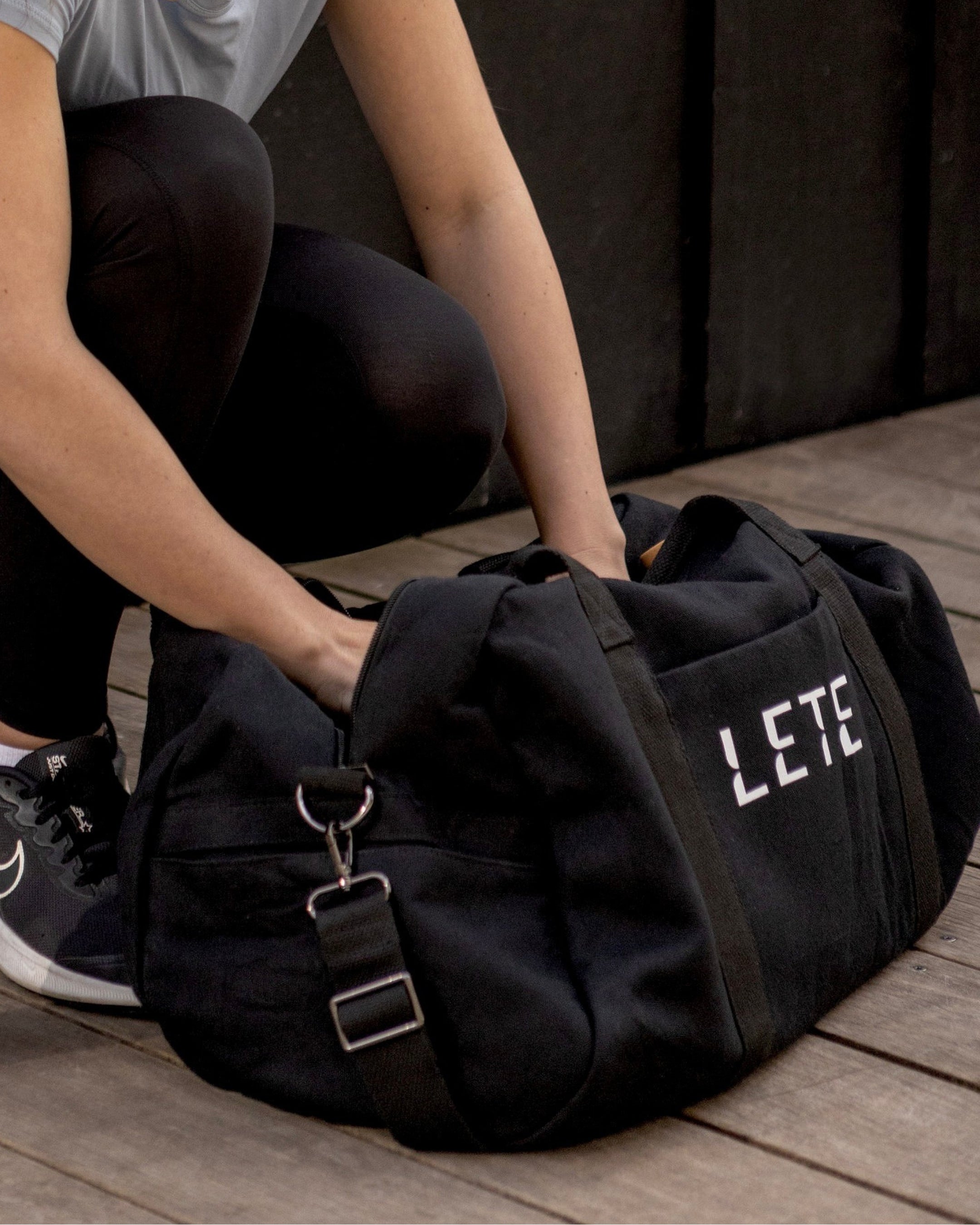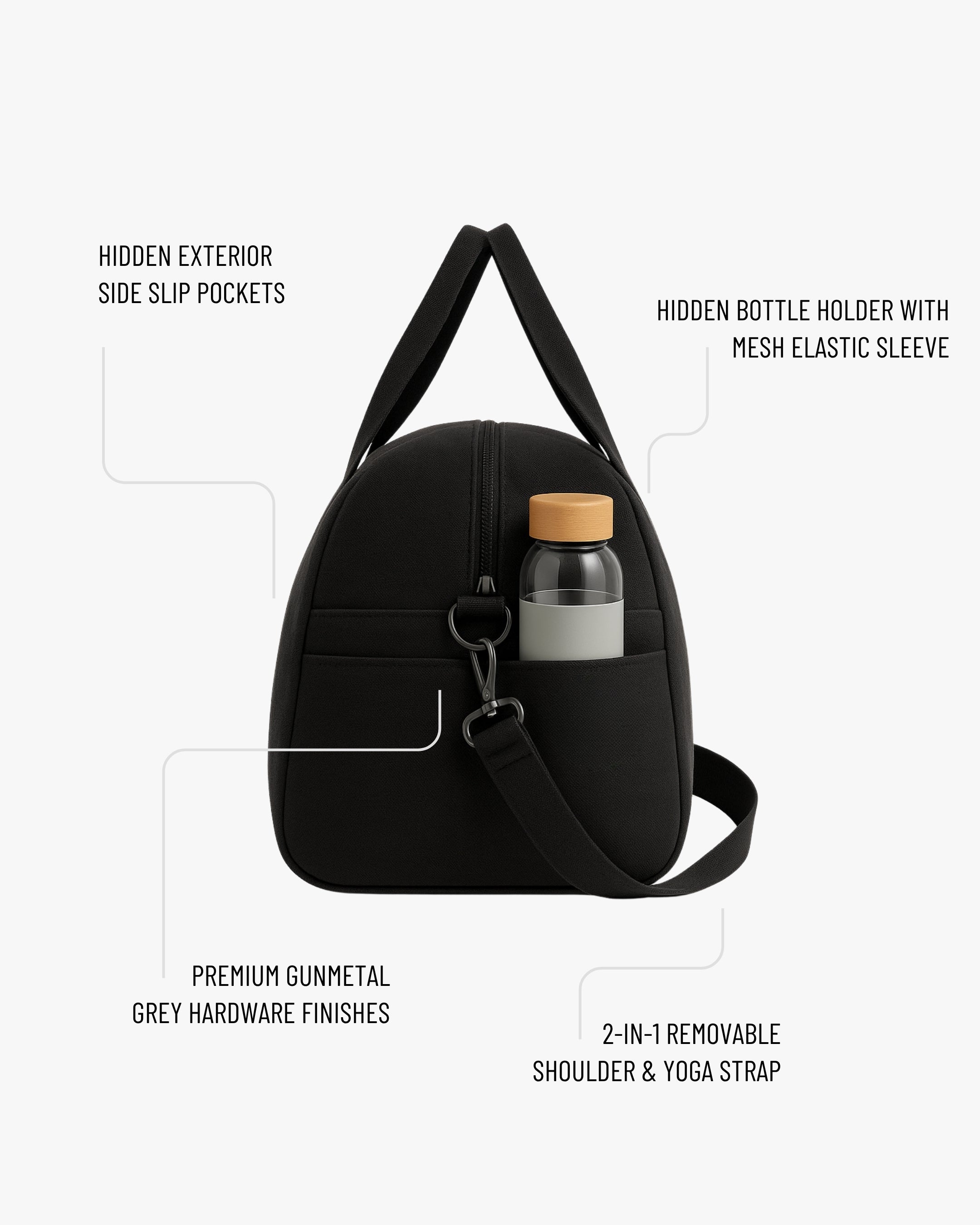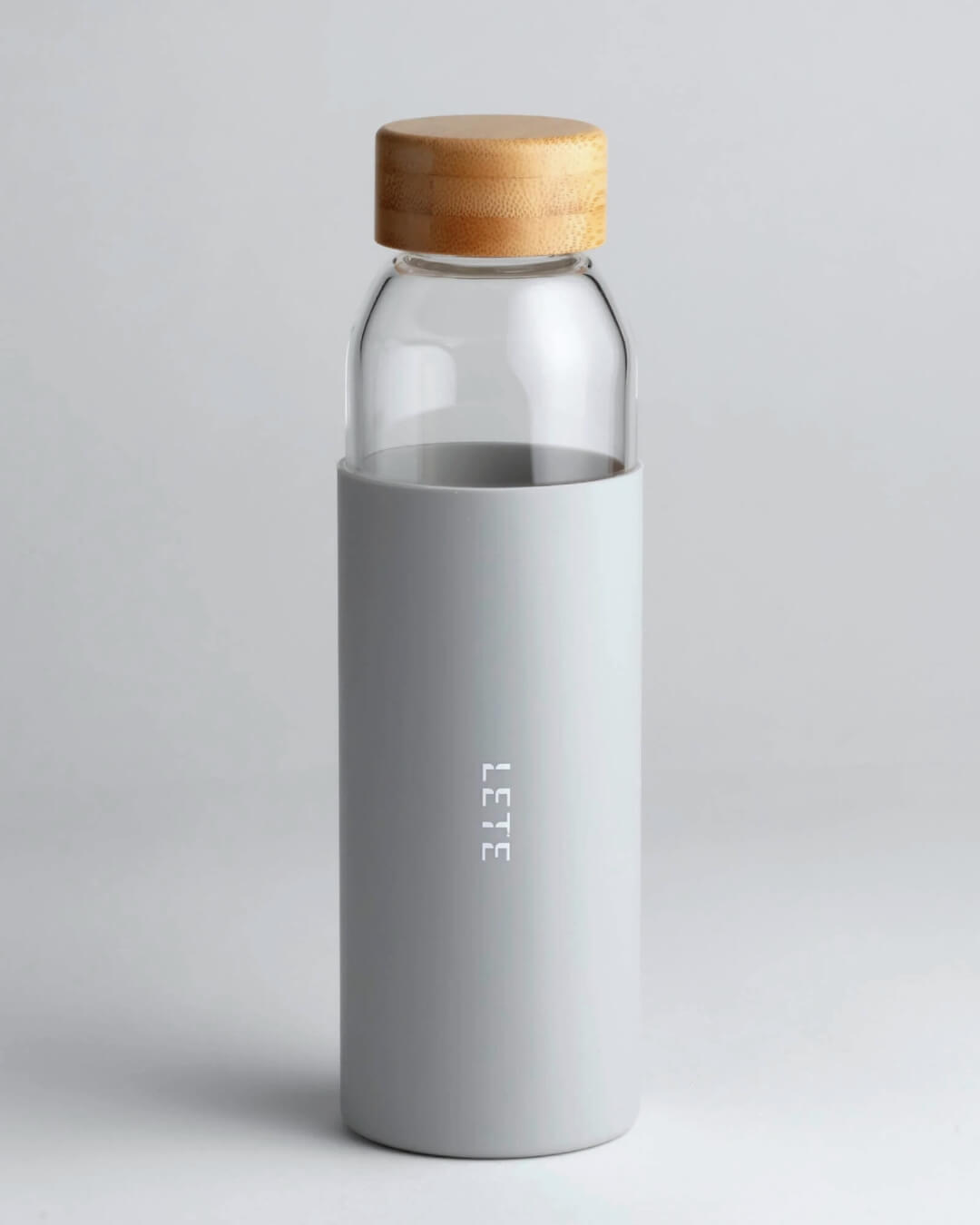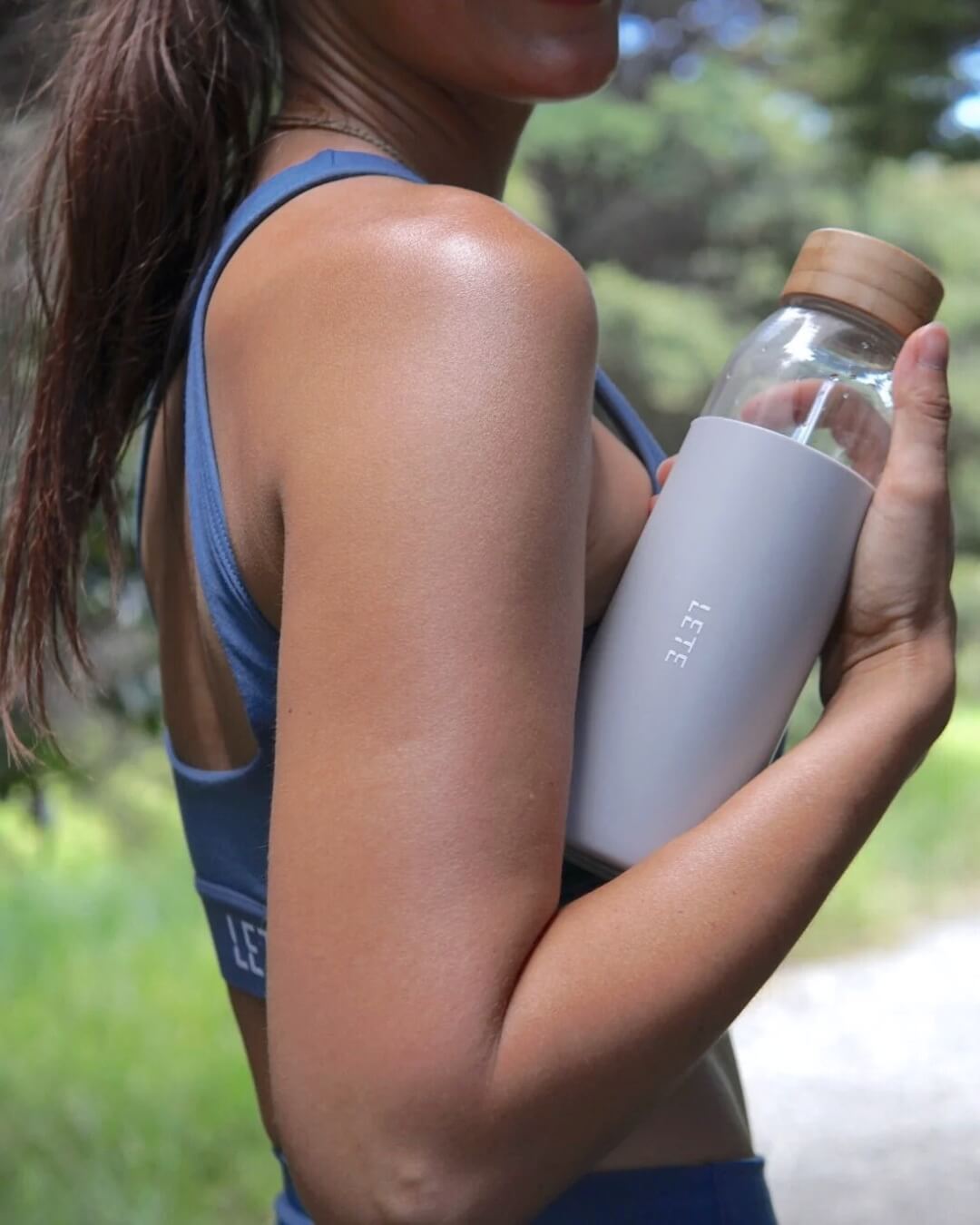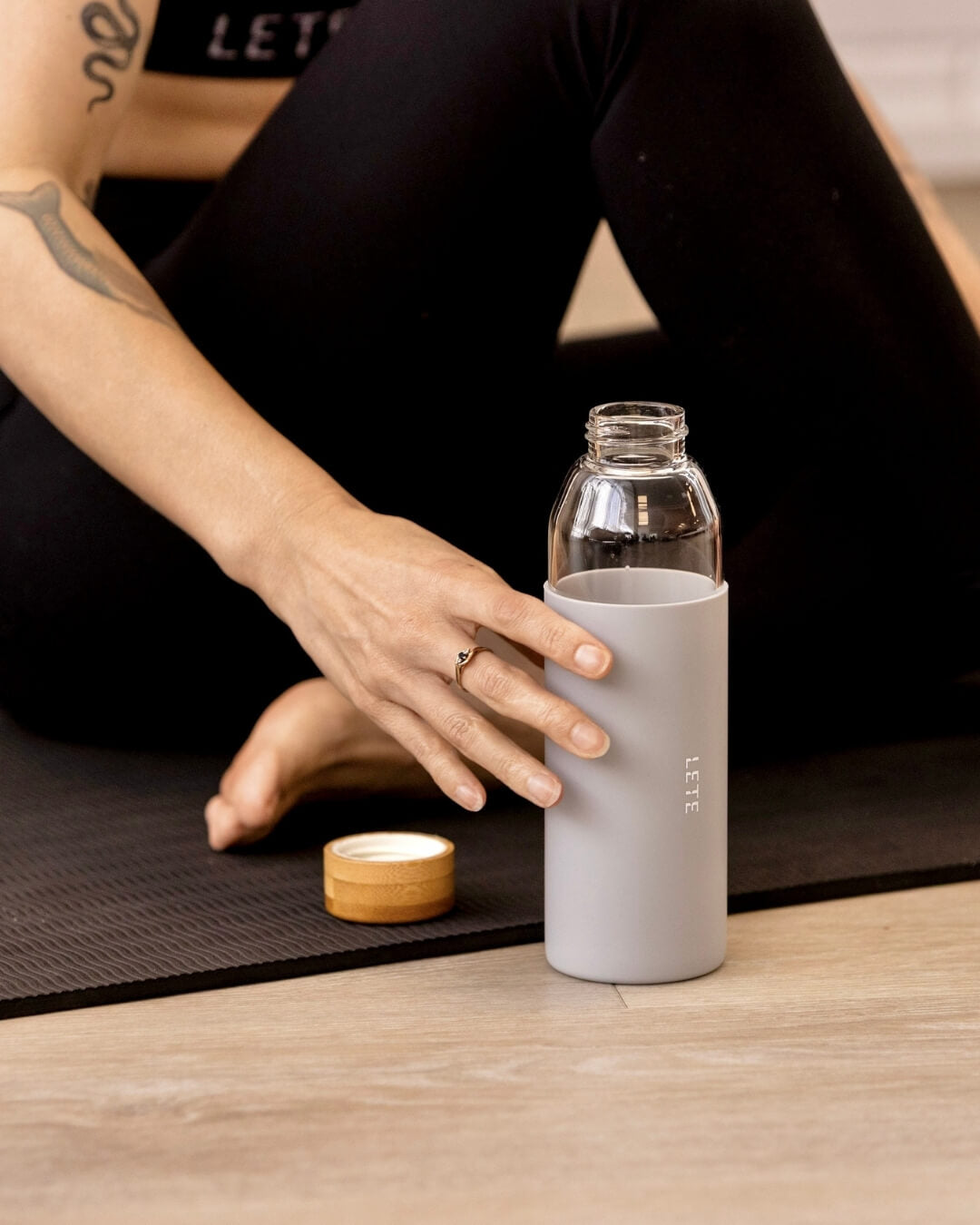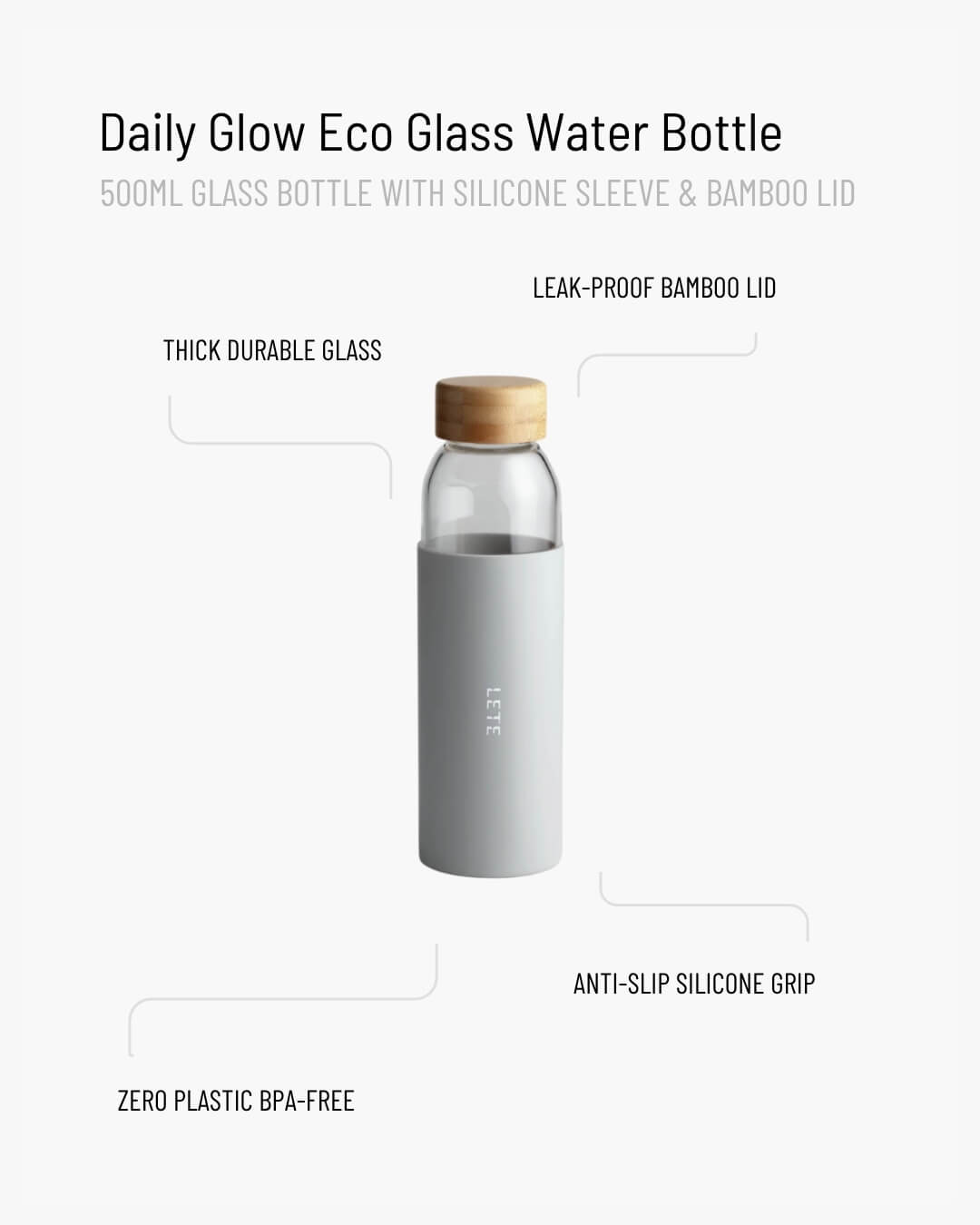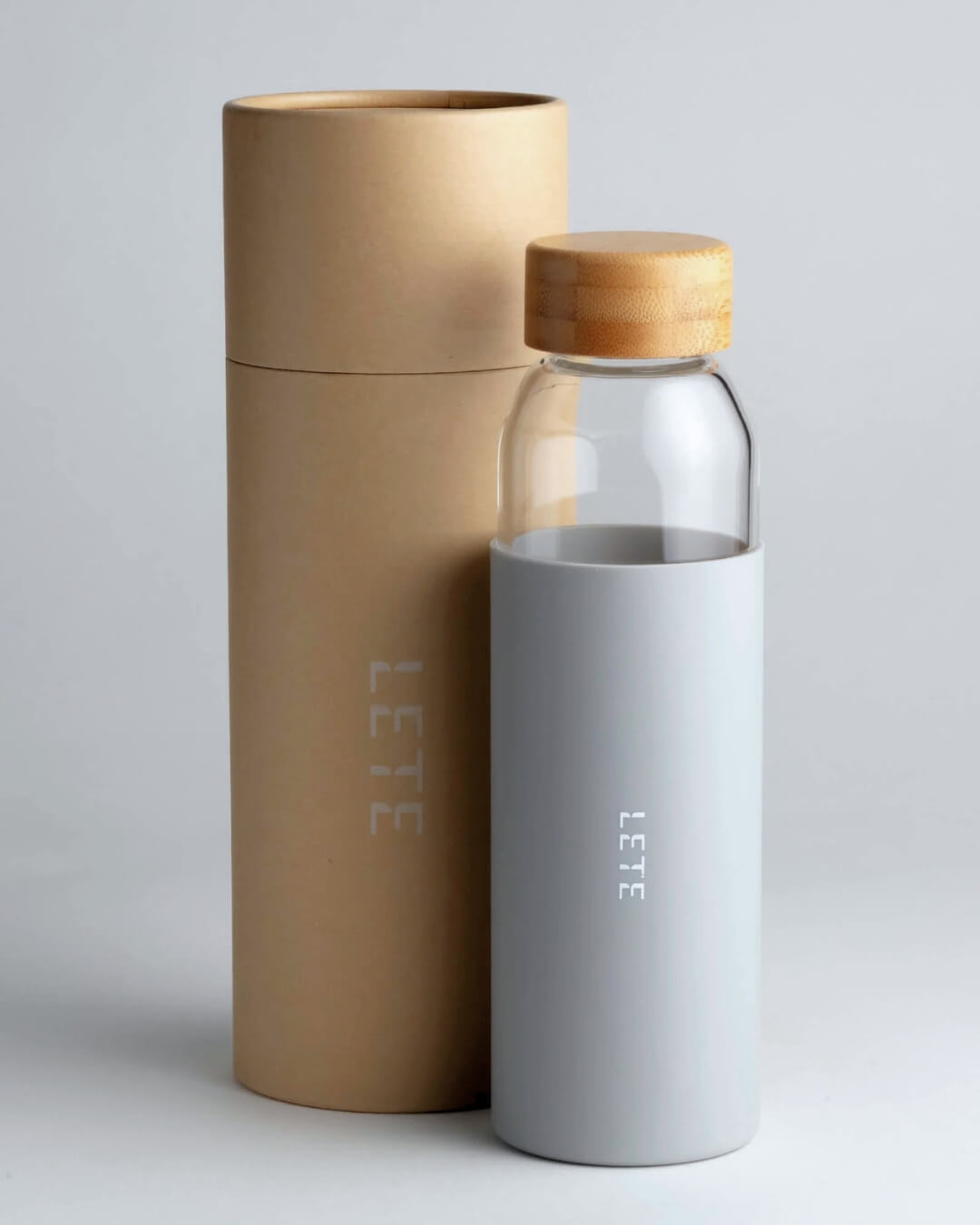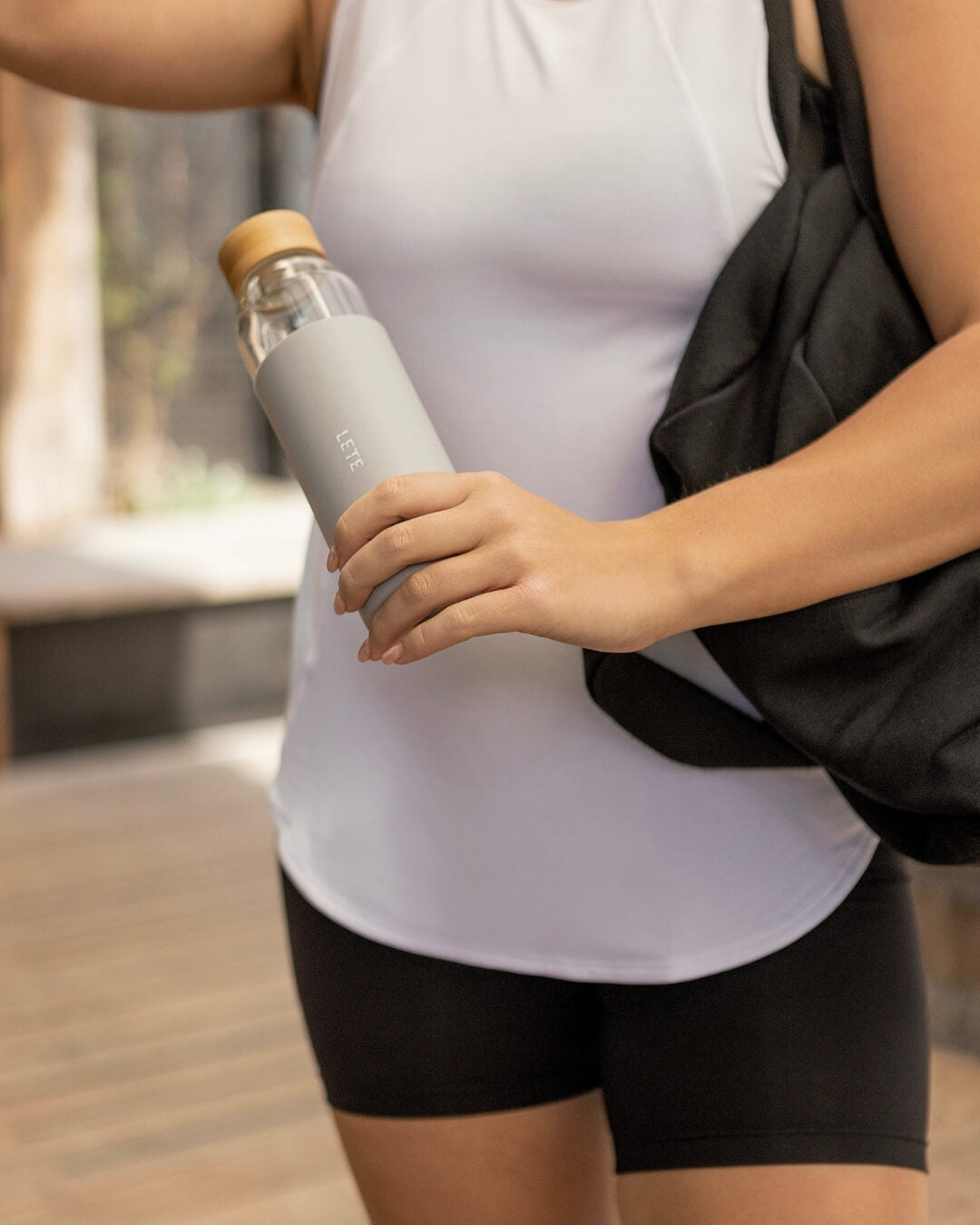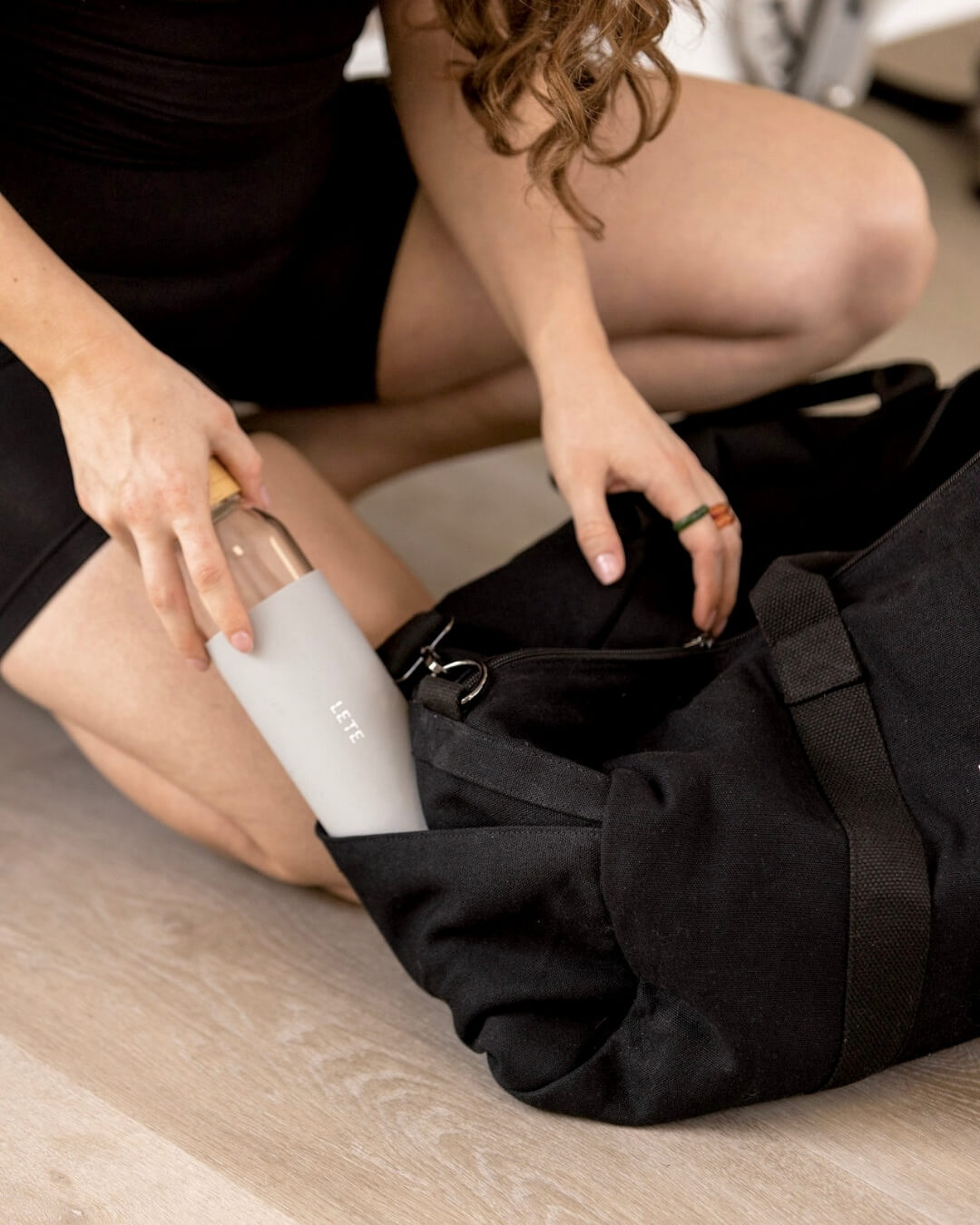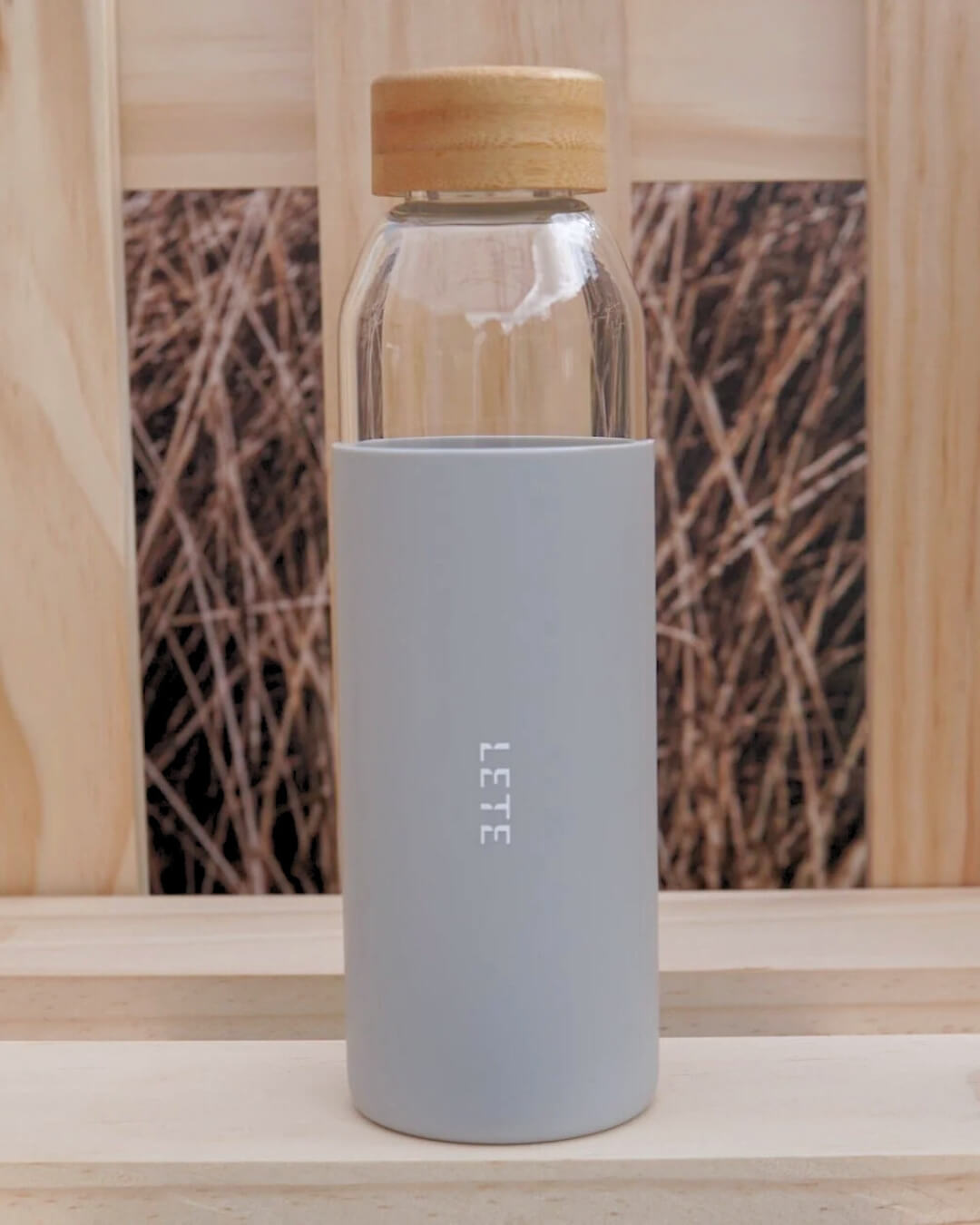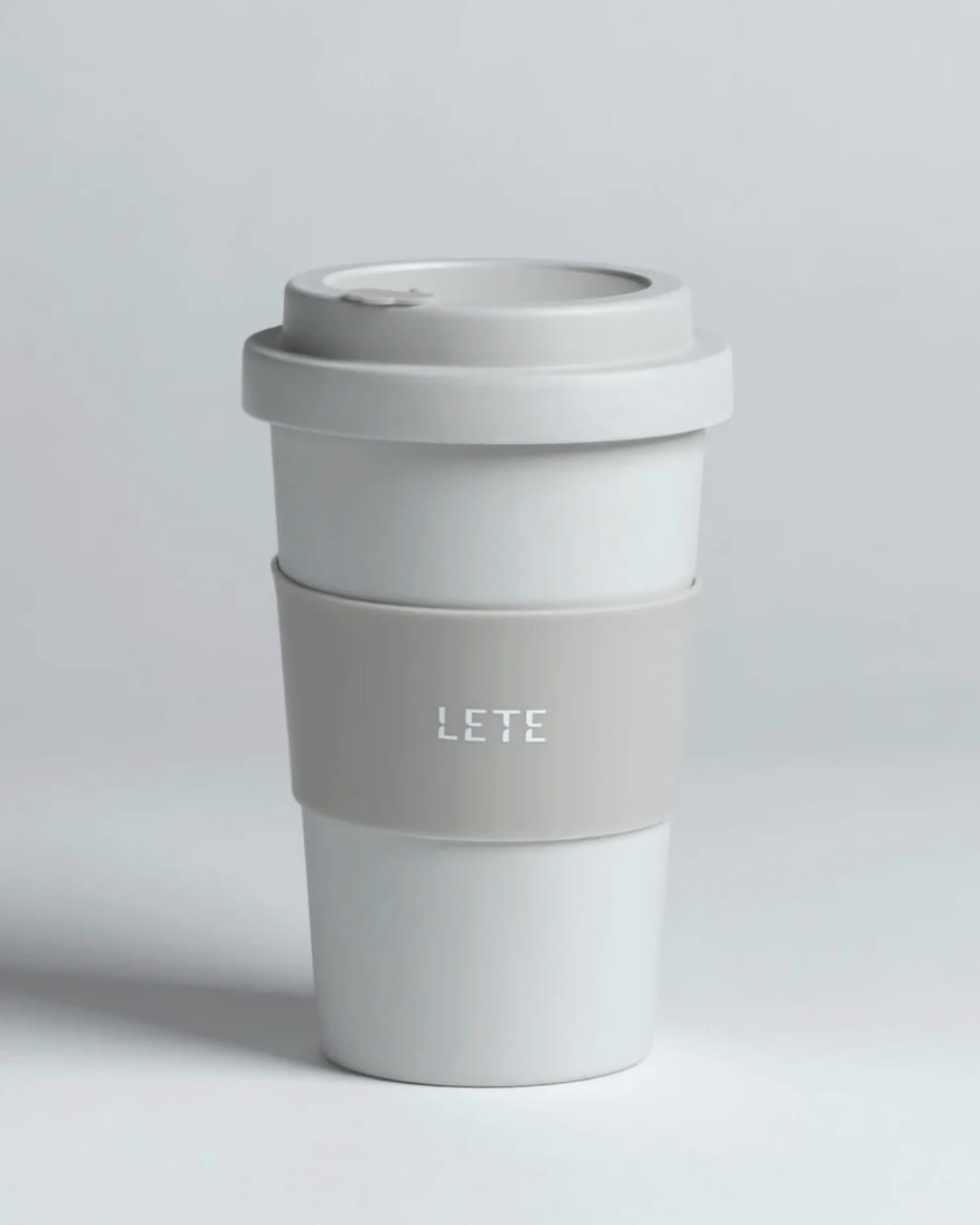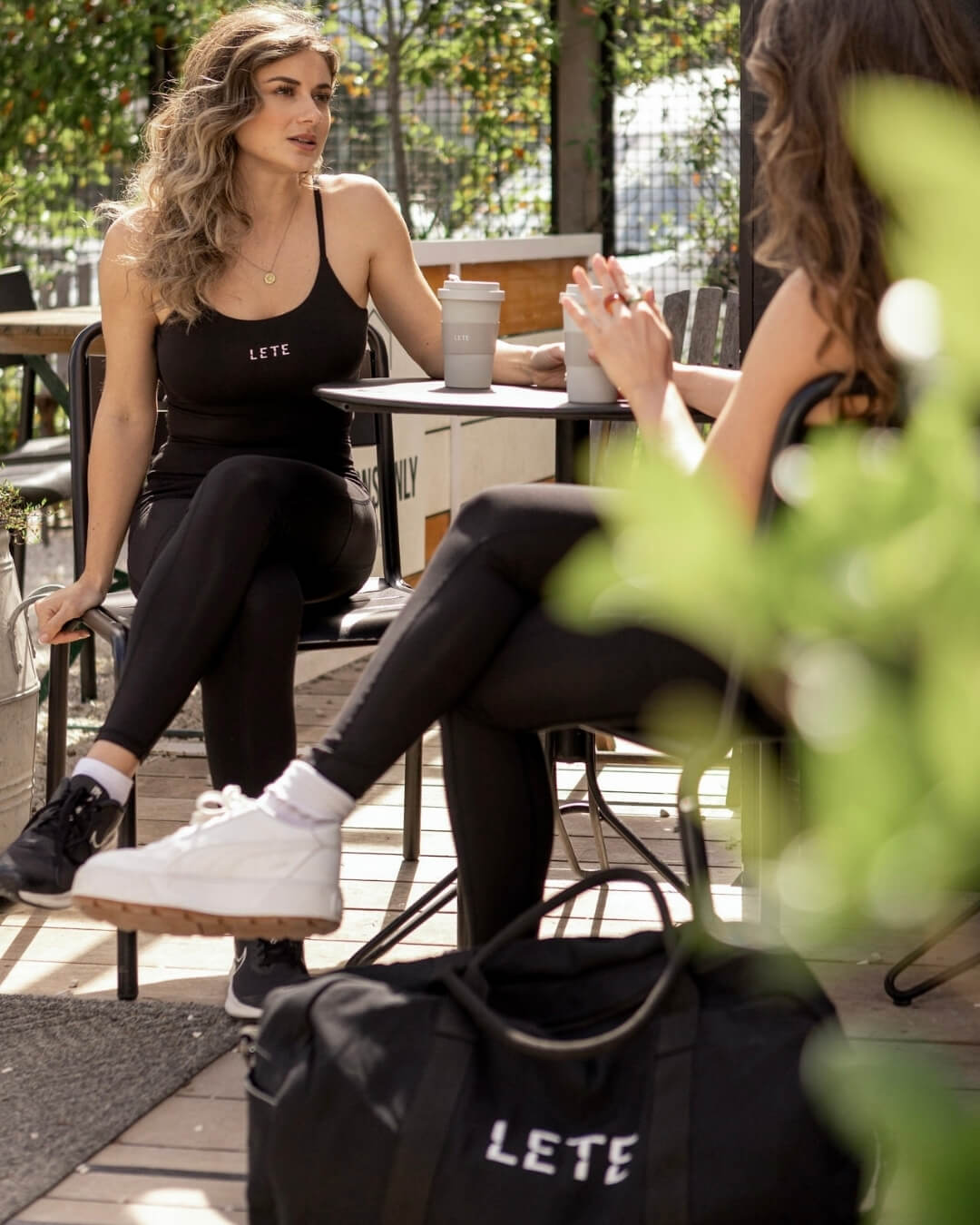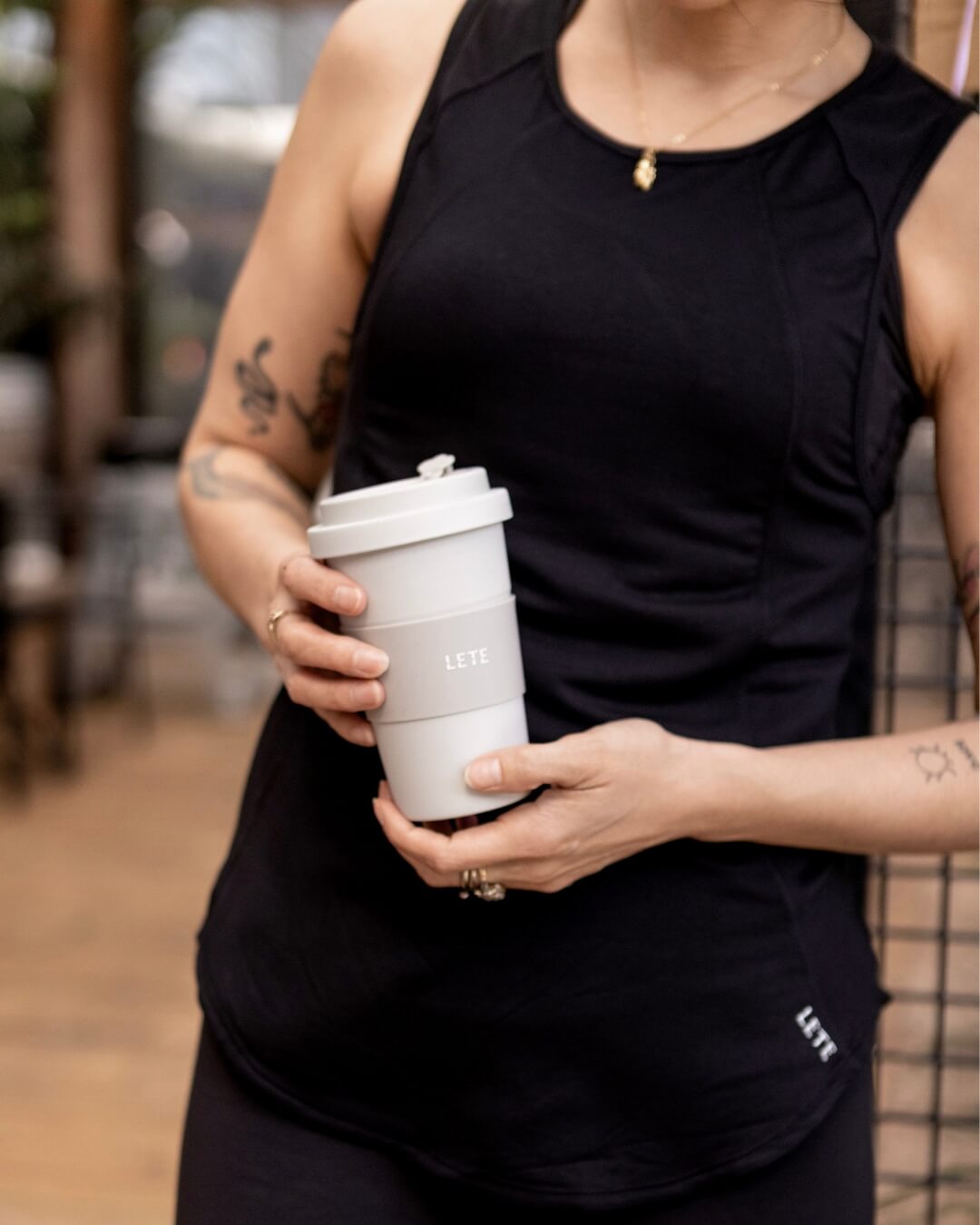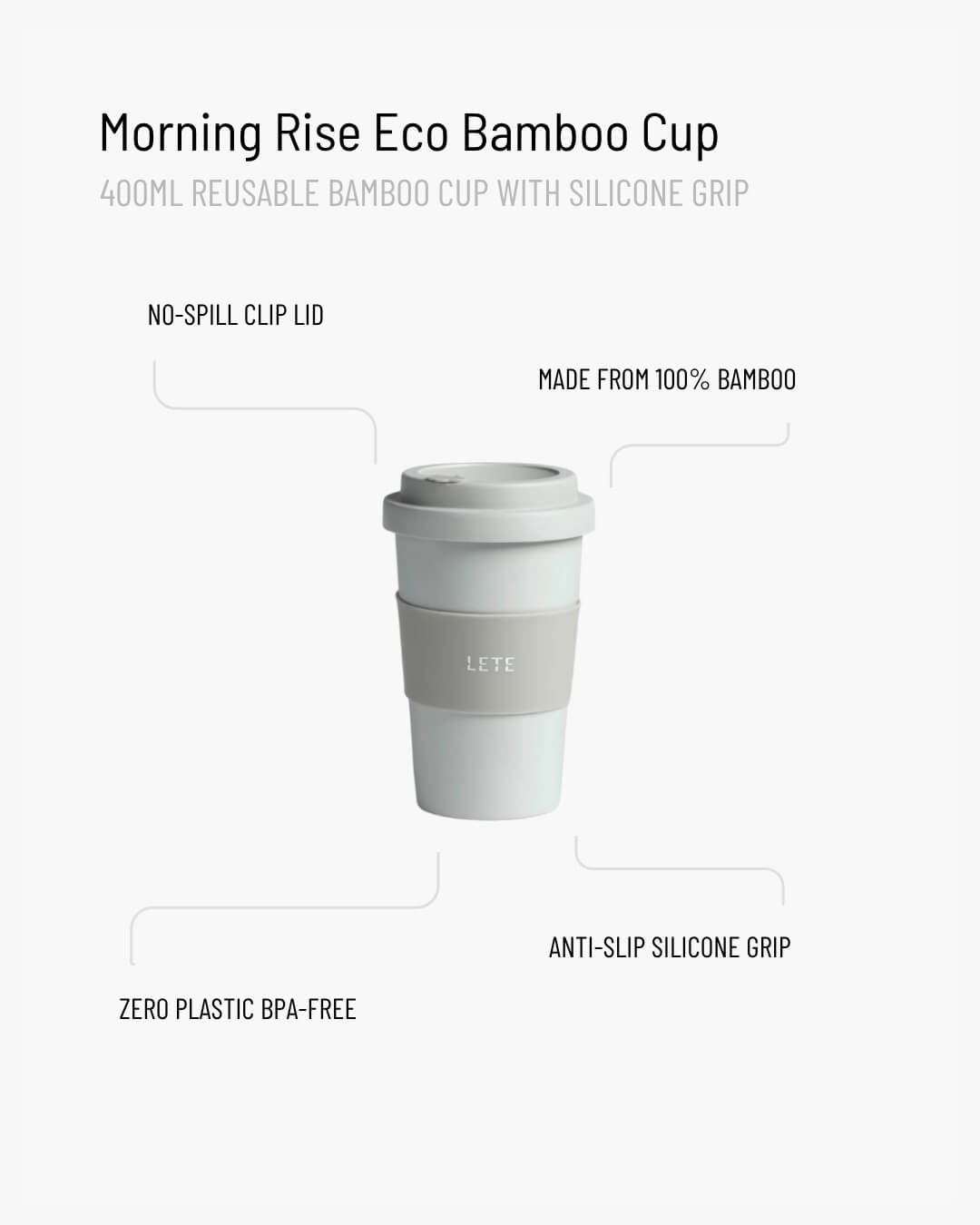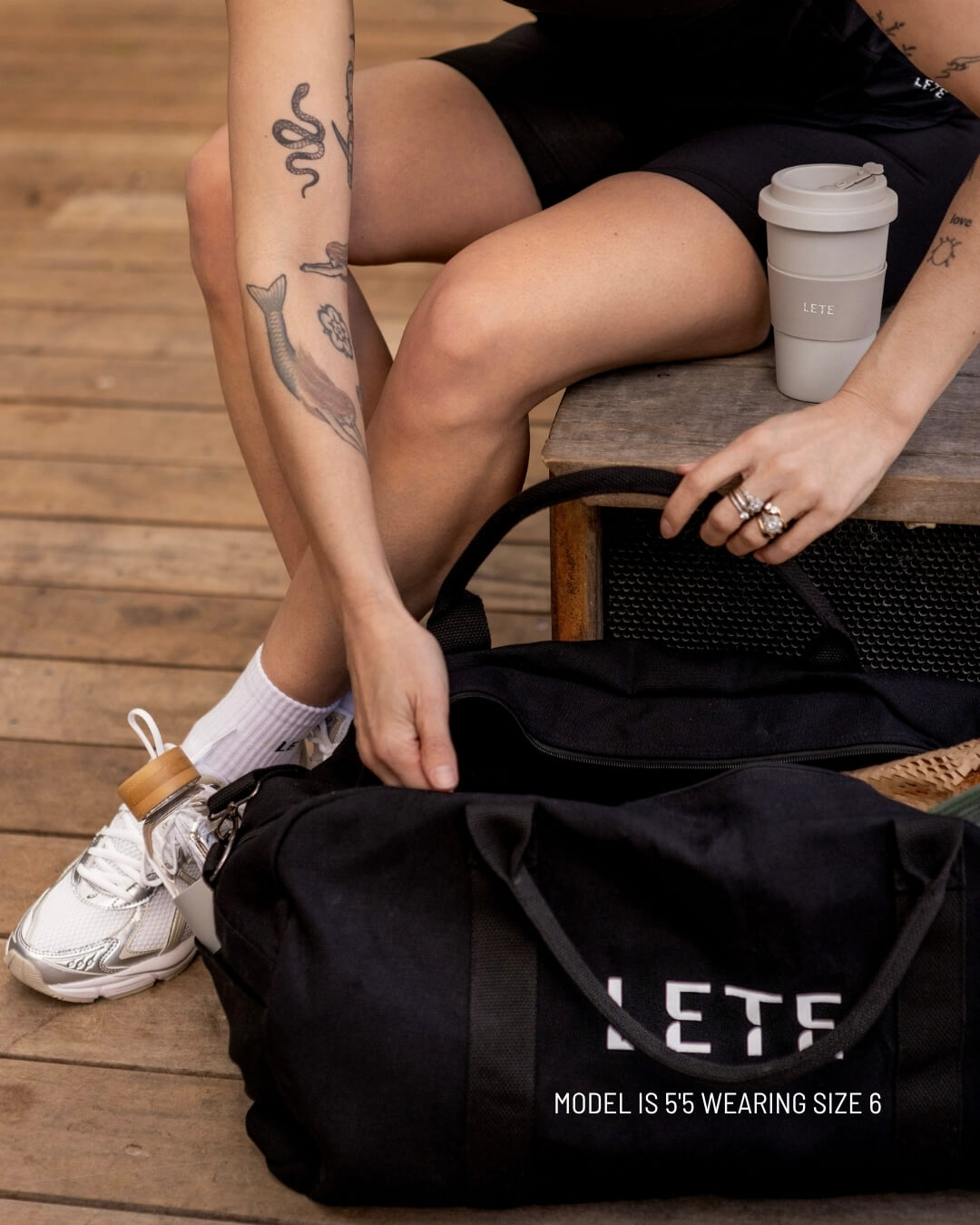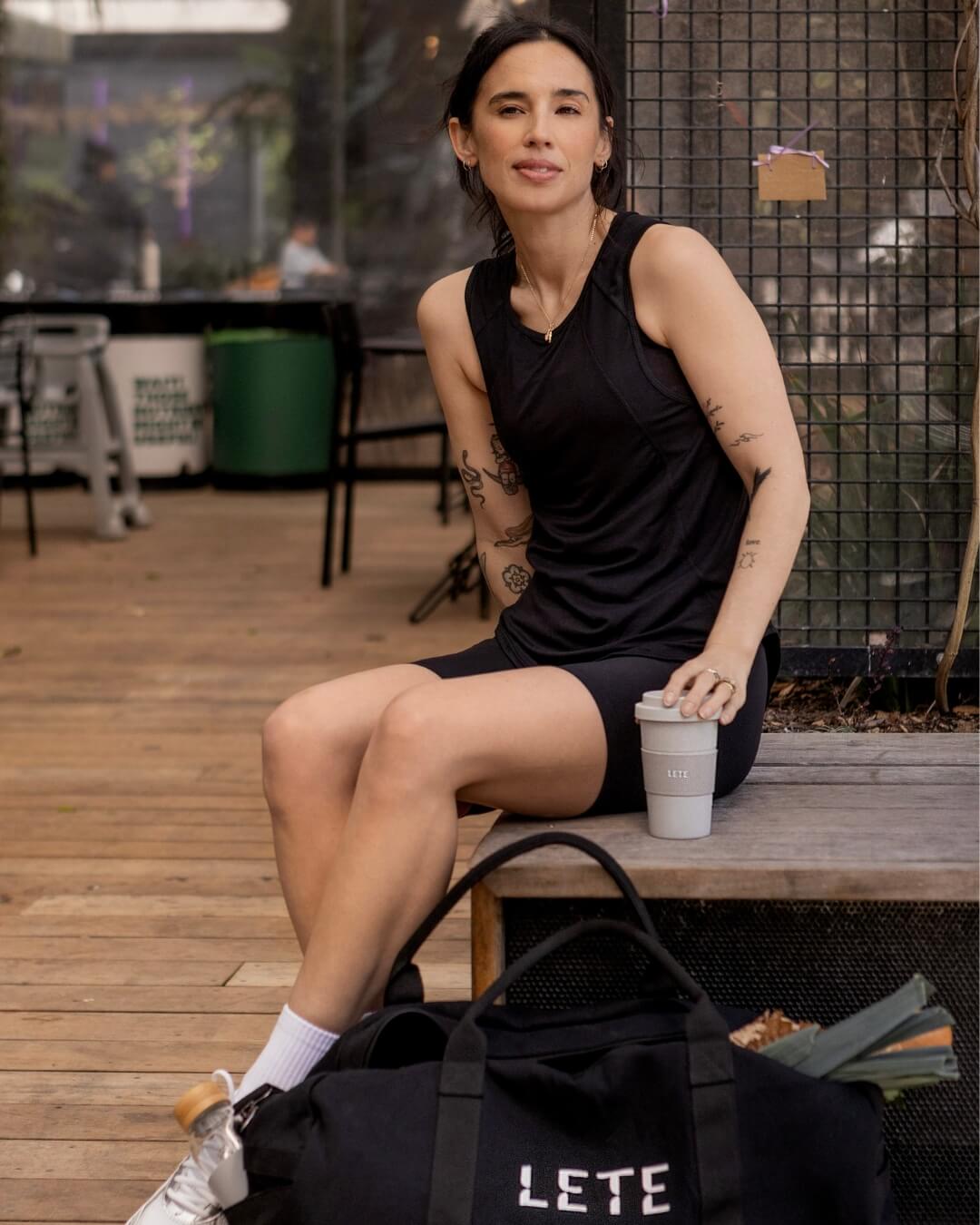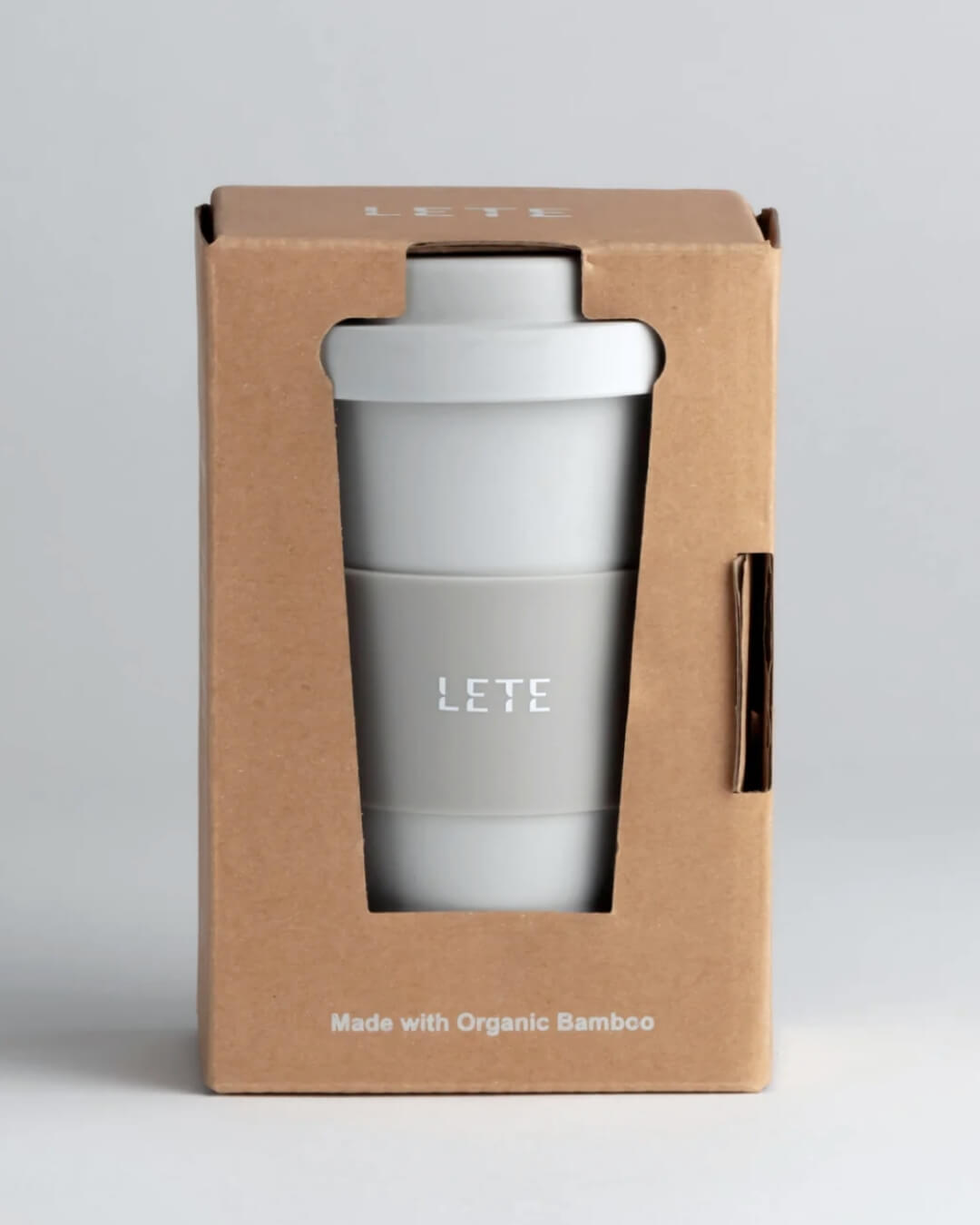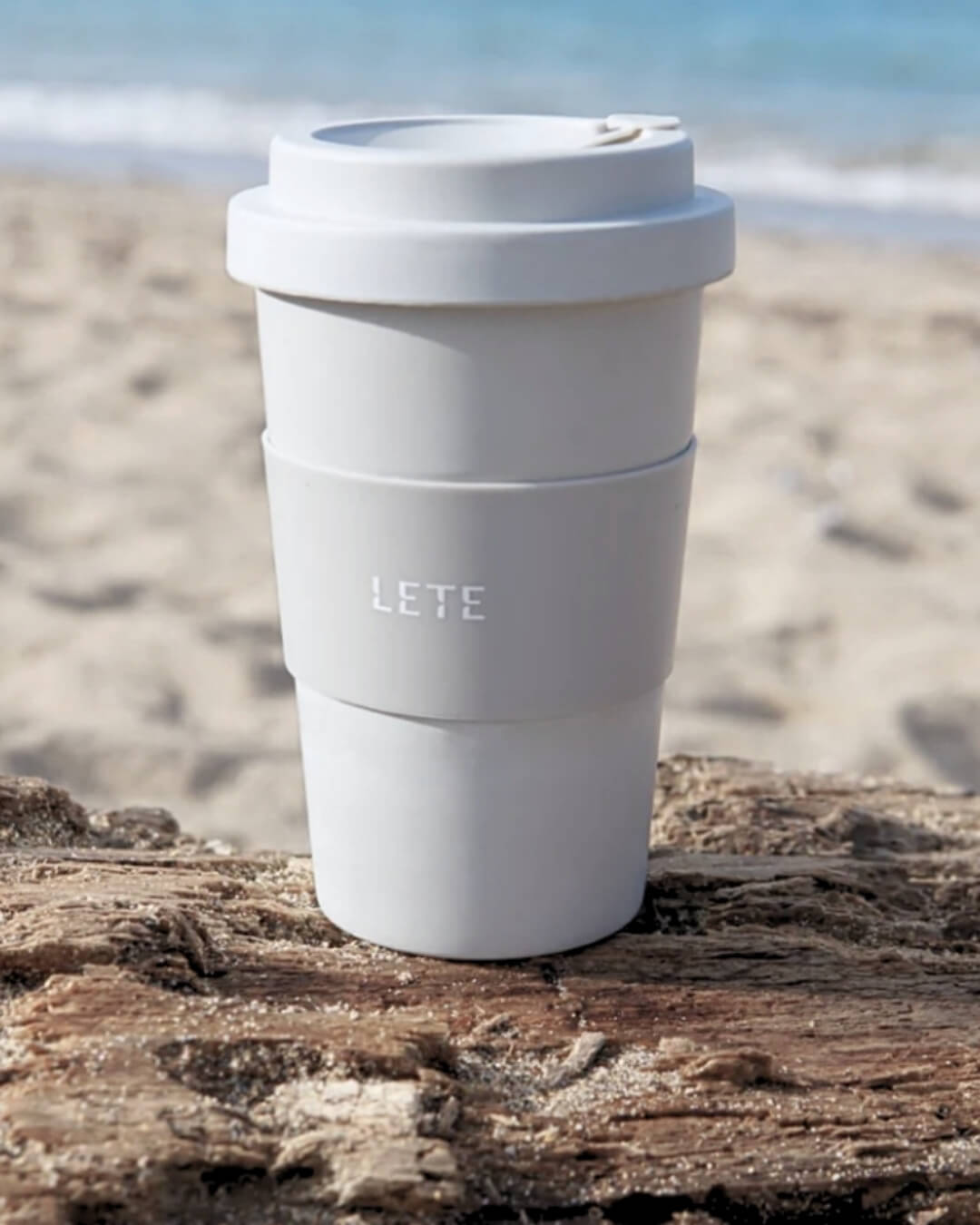A Guide to Sustainable Materials
Are you wanting to make more sustainable choices when it comes to the fabrication of your clothes, but you’re not sure where to start? We get it. It’s overwhelming. Not only are there so many materials to choose from, but new ones are being introduced to the market every year – did you know that clothes are now being made from pineapple? So, to make it easy for you, we’ve put together a handy guide to some of the best options in the market.
According to the Global Fashion Agenda (GFA), less than 1% of textiles manufactured each year are recycled into new fibres for clothes. What’s more, 75% end up in landfill, with one in five items of clothing being thrown out without ever being worn. That’s why slow fashion is the way forward, and that starts with choosing materials that will last, so you don’t have to run back to the shops next month to replace that holey t-shirt!
Aside from knowing that they’ll be a durable addition to your wardrobe, it’s important to choose materials that have as little impact on the environment as possible during their production. Here’s a few stand outs to keep your eye on.
Recycled Cotton
Cotton is a great natural fabric, but it presents some sustainability challenges, requiring a huge amount of water and pesticides to help it grow. According to the World Wildlife Fund, it takes 20,000 litres of water to produce just one kilo of cotton. Yikes, right? Organic cotton is an improvement over regular cotton, with a 62% reduction of C02 emissions, having been made without the use of pesticides and other chemicals, but it still requires a large amount of water during production.
That’s why recycled, or upcycled, cotton is your best bet. Made using post-industrial and post-consumer cotton waste, this material reduces water and energy consumption, and embodies the circular model of fashion. Just like regular cotton, recycled cotton is durable, breathable, and absorbent, plus a good choice for sensitive skin. Because it’s made from natural fibres, it’s completely biodegradable, so if it can’t be repurposed or recycled, it won’t equal more waste for our planet. Sadly, due to its low availability, it’s not your cheapest option and is sometimes blended with less eco-friendly materials to lower the cost. But with consumer demand for recycled materials on the rise, it’s sure to only increase in availability.
Organic Bamboo
If you’re already familiar with the LETE brand, you’ll know that we love bamboo. And what’s not to love? It can grow up to three feet a day, uses only a third of the water consumption of cotton, is fully biodegradable, and usually requires zero pesticides to help it grow. Additionally, bamboo absorbs 62 tonnes of carbon dioxide per year, while one hectare of young forest only absorbs 15 tonnes. You can read more about our bamboo here.
Now, just so you know we’re not drinking the Kool Aid, there can be a downside to bamboo, too – while the growing of bamboo is highly sustainable, not all manufacturers use the closed loop model of manufacturing, meaning that in some cases, chemicals are escaping into the environment during the production process. That’s why it’s good to check where a brand is sourcing their bamboo from. At LETE, we source from Tanboocel, a company committed to the closed loop model of manufacturing and certified by the OEKO-TEX Standard 100 and OCIA International.
Organic Hemp
An extremely durable fabric, hemp requires very little water and zero pesticides to grow. Even better, it naturally fertilises the soil it grows in! This material is your friend all year round, able to keep you warm in winter and cool in summer, and it also gets softer the more you wash it. Just like bamboo, hemp can grow extremely quickly, taking only 100 days to grow after planting. A natural C02 sink, one tonne of hemp reduces 1.63 tonnes C02 from the earth’s atmosphere.
Unfortunately, hemp can really set your wallet back; thanks to its resemblance to marijuana, it is still a highly restricted plant in many countries, so availability can be low. Many companies will blend hemp with other materials to lessen the cost, but this often means the garment’s carbon footprint is dramatically increased. Due to its hardy nature, the production process is rather intensive, and it differs from its close friend linen because hemp also goes through a pretty full-on degumming process. This step is vital in removing impurities, but it means that hemp gives off more C02 emissions during production than cotton. With these things in mind, hemp is still a great sustainable choice for your wardrobe – just make sure to check what it’s blended with and where the company sources from.
Organic Linen
Just like hemp, linen comes from the versatile flax plant crop. It requires minimal water and pesticides to grow and can even grow in poor quality soil. Additionally, every part of the plant is used so nothing is wasted, and if left untreated by dyes, it’s fully biodegradable. Linen can withstand high temperatures, absorb up to 20 times its weight without becoming damp, and has great hypoallergenic qualities. As a resilient crop, it’s able to be grown in most countries, making it more readily available than some of the other materials on this list.
So, are there any downsides to linen? Being so sturdy, linen is more likely to break during the weaving process, meaning it can amount to more loss during fabric production and lead to higher C02 emissions (but still lower than many other materials). It’s also an expensive choice; because of its inelastic nature, machines have to run more slowly to prevent its breakage, meaning it’s more costly to make. Overall, linen is a high-ranking sustainable choice for your clothes, and it’s pretty easy to find in most good clothing stores.
Piñatex
With new materials being introduced all the time, there’s always an upcoming green fabric to keep your eye on. Piñatex, created by company Ananas Anam, is made from waste pineapple leaf fibre. An agricultural waste product, this would usually be discarded or burned, so not only is Piñatex reducing waste and C02 emissions, but it’s also creating a new income stream for farmers. They also employ the closed loop production process, to minimise their environmental impact, and minimal water use is needed in the manufacturing process.
Now, this is a great vegan leather alternative, so you’ll mostly find it on accessories or sturdier clothing pieces. It doesn’t have the same silky soft texture as bamboo or cotton, but it’s the perfect choice for your next bag or faux leather jacket.
Tencel
Tencel is the trademarked name for Austrian company Lenzing AG’s rayon-like fibre, lyocell. Unlike other rayon fabrics, Lenzing have specifically designed their production process for Tencel to minimise its environmental impact: it’s made from sustainably sourced wood pulp, and uses a closed loop process, using only a third of the water usually needed to produce rayon. Tencel is an ultra-versatile fabric, being super soft on skin, and 50% more absorbent than cotton, according to its manufacturers.
In other great news, Lenzing AG has committed to net-zero emissions by 2050 and have already implemented a three-step action plan to reduce, engage and offset their carbon emissions, with Tencel being CarbonNeutral certified by Natural Capital Partners. While lyocell isn’t generally considered as sustainable as the other materials on this list, it’s certainly the best choice as far as rayon goes.
What’s in a Package?
As well as the material of your clothes, it can be good to consider what they might be wrapped in. Will your items come in a compostable or reusable bag? Or will they come wrapped in ten layers of plastic that will clog up your bin? These days, many brands will include details about packaging on their websites or social media pages – if you can’t find any info on this, you could try sending the brand a message to ask for more details. If caring for the environment is a brand priority, they’re probably more than happy to tell you about their packaging; if the information isn’t transparent and they don’t seem to want to tell you about it, that’s probably not a good sign.
Sources
Global Fashion Agenda. (n.d.) Fashion on Climate. Global Fashion Agenda. https://www.globalfashionagenda.com/publications-and-policy/fashion-on-climate/
Good on You. (2019, May, 31). What are the Most Sustainable Fabrics? Good on You. https://goodonyou.eco/most-sustainable-fabrics/
GreenStory. (n.d.). The Green Fabric Guide [Online]. Toronto: GreenStory. Available at https://www.greenstory.ca/wp-content/uploads/2020/08/Green-Story_Green_Fabric_Guide.pdf [Accessed 24 April 2021].
Piñatex. (n.d.). The Manufacturing Process. Ananas Anam. https://www.ananas-anam.com/about-us/
World Wildlife Fund. (n.d.). Sustainable Agriculture – Cotton. World Wildlife. https://www.worldwildlife.org/industries/cotton


